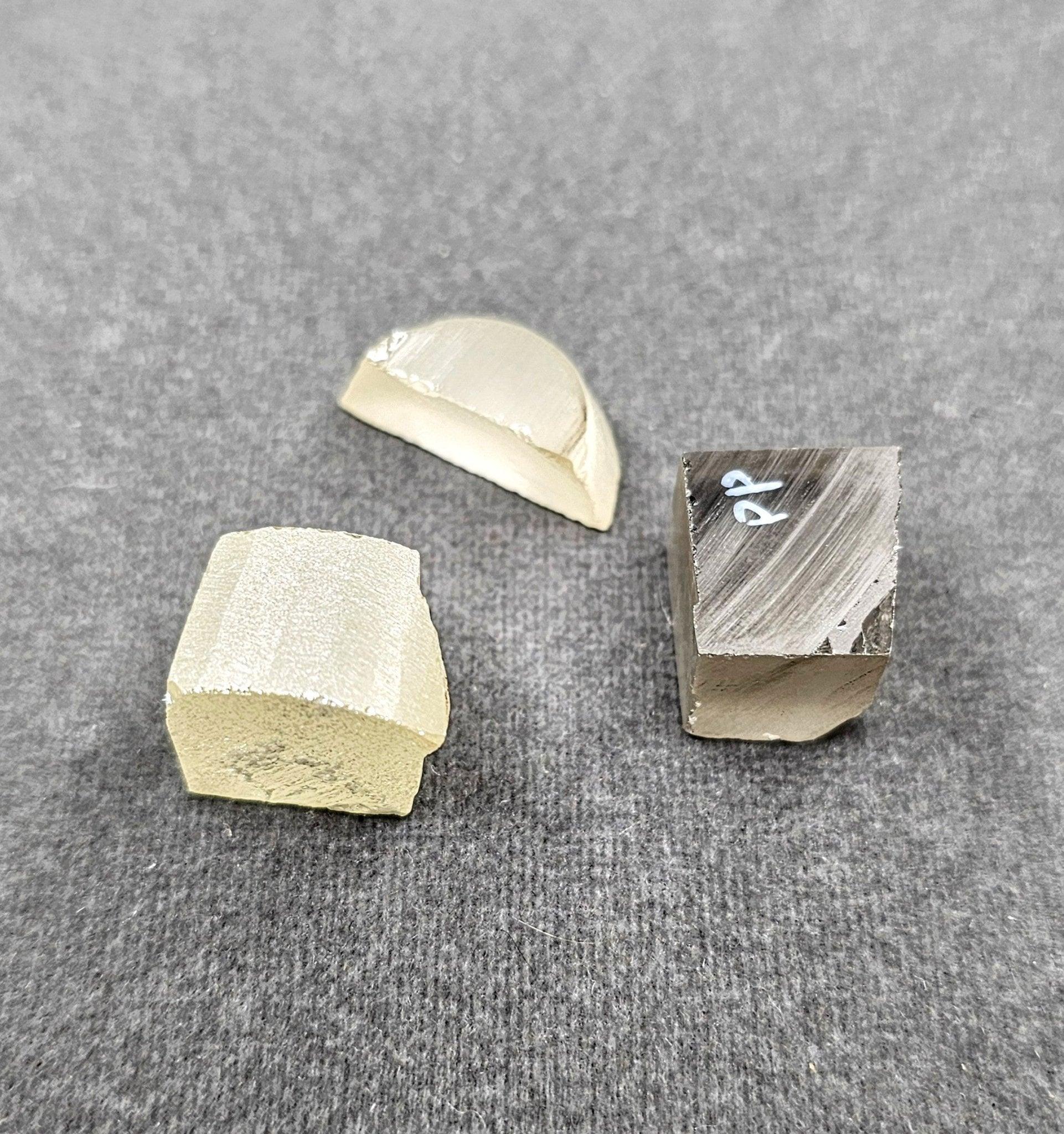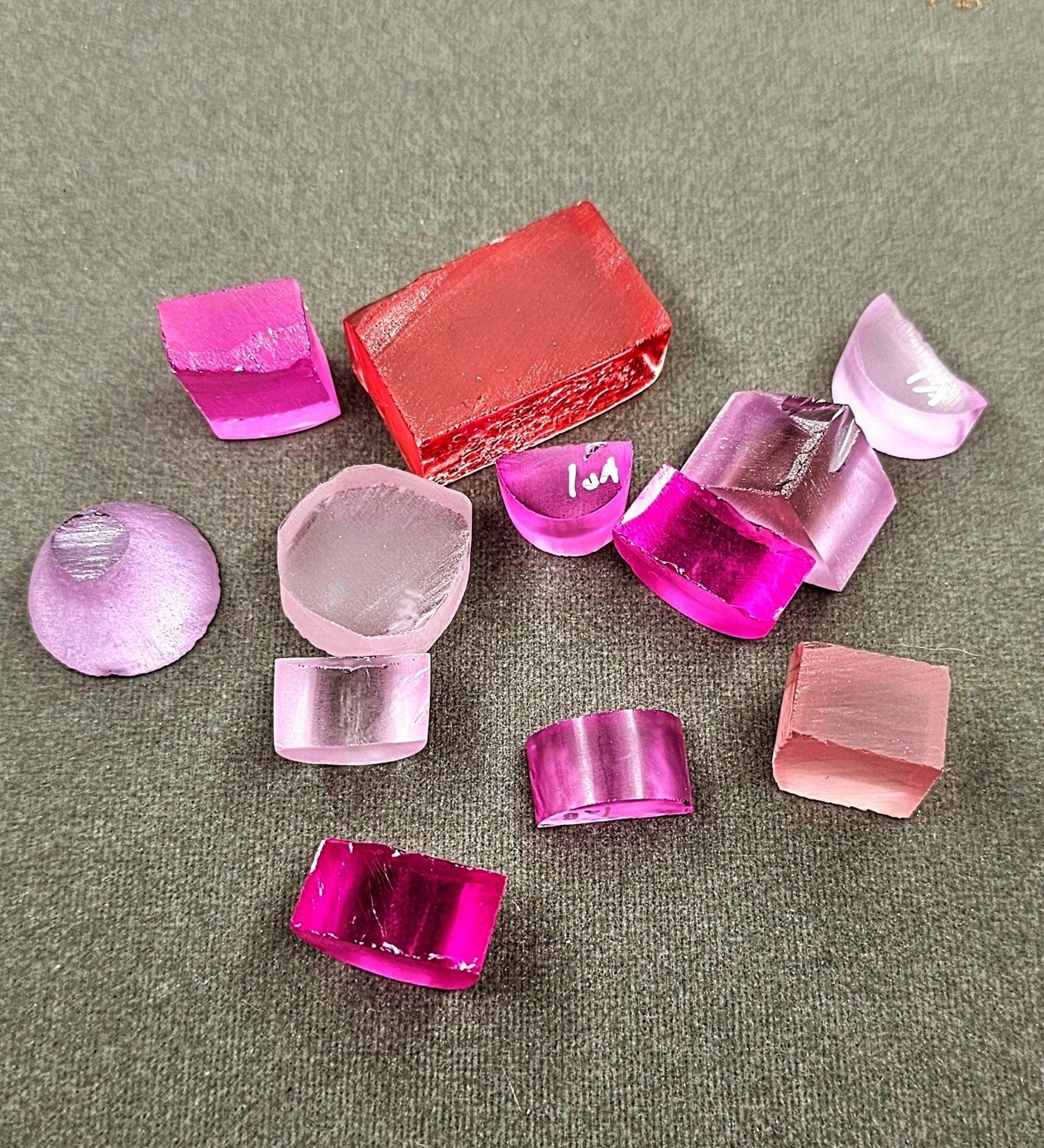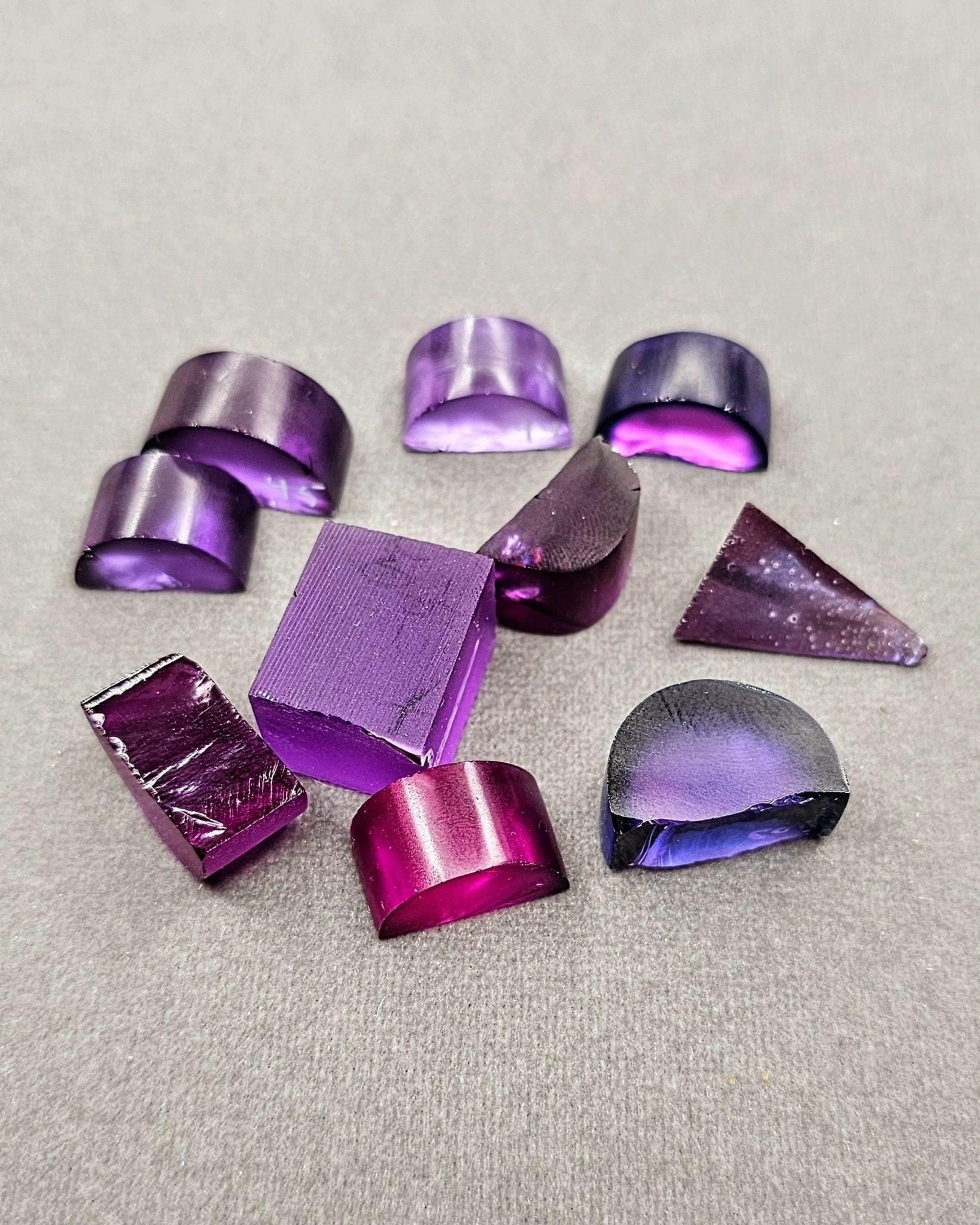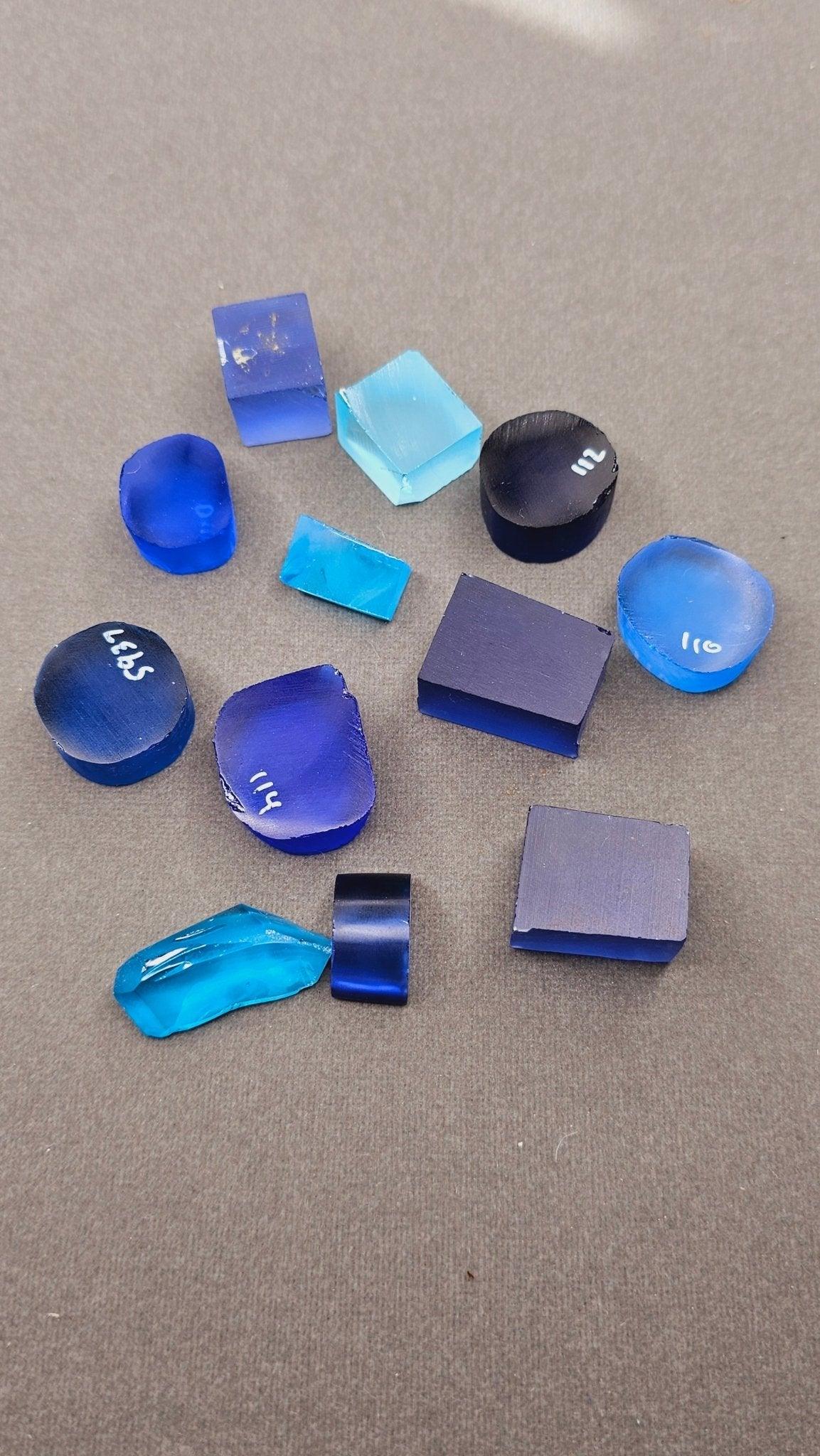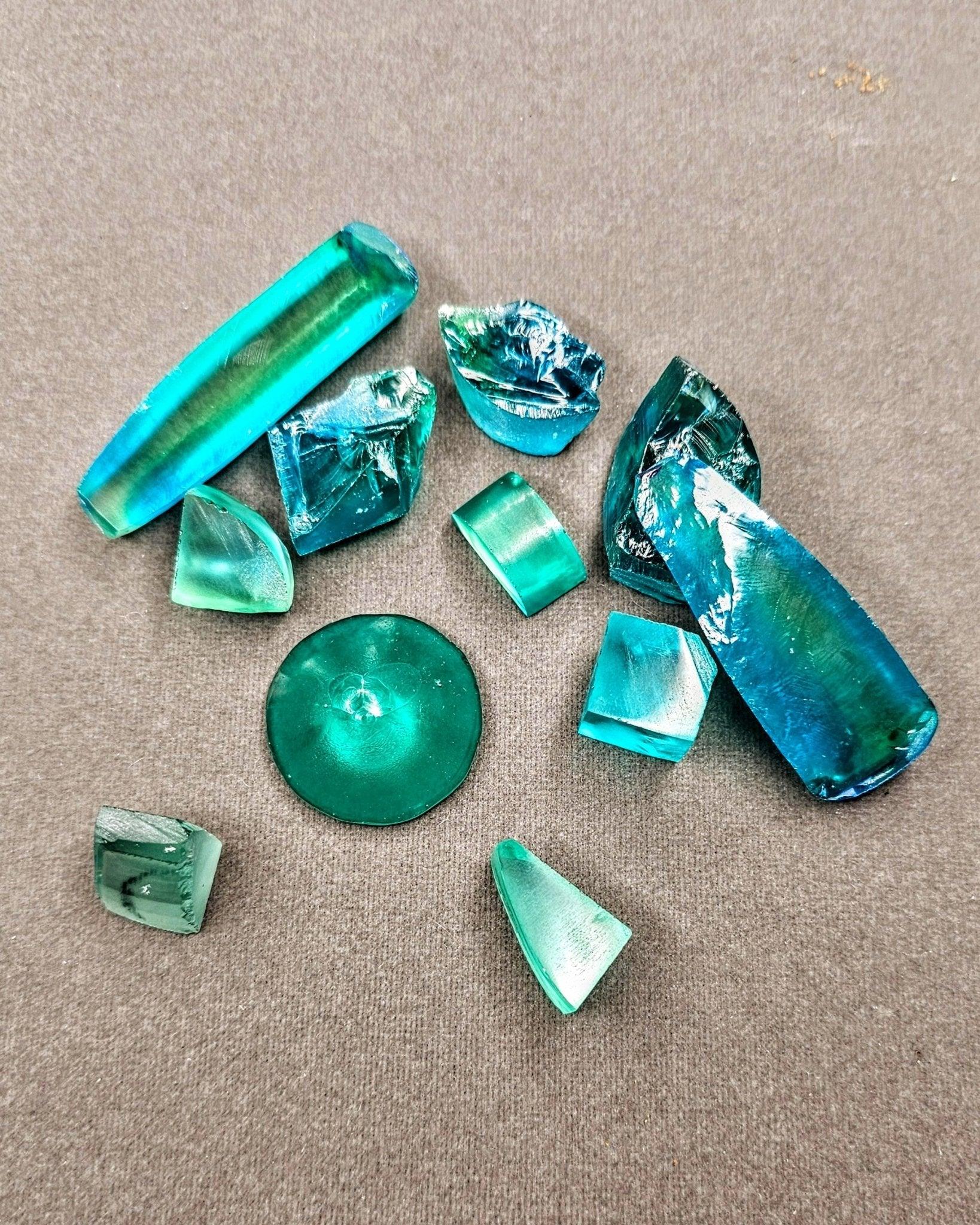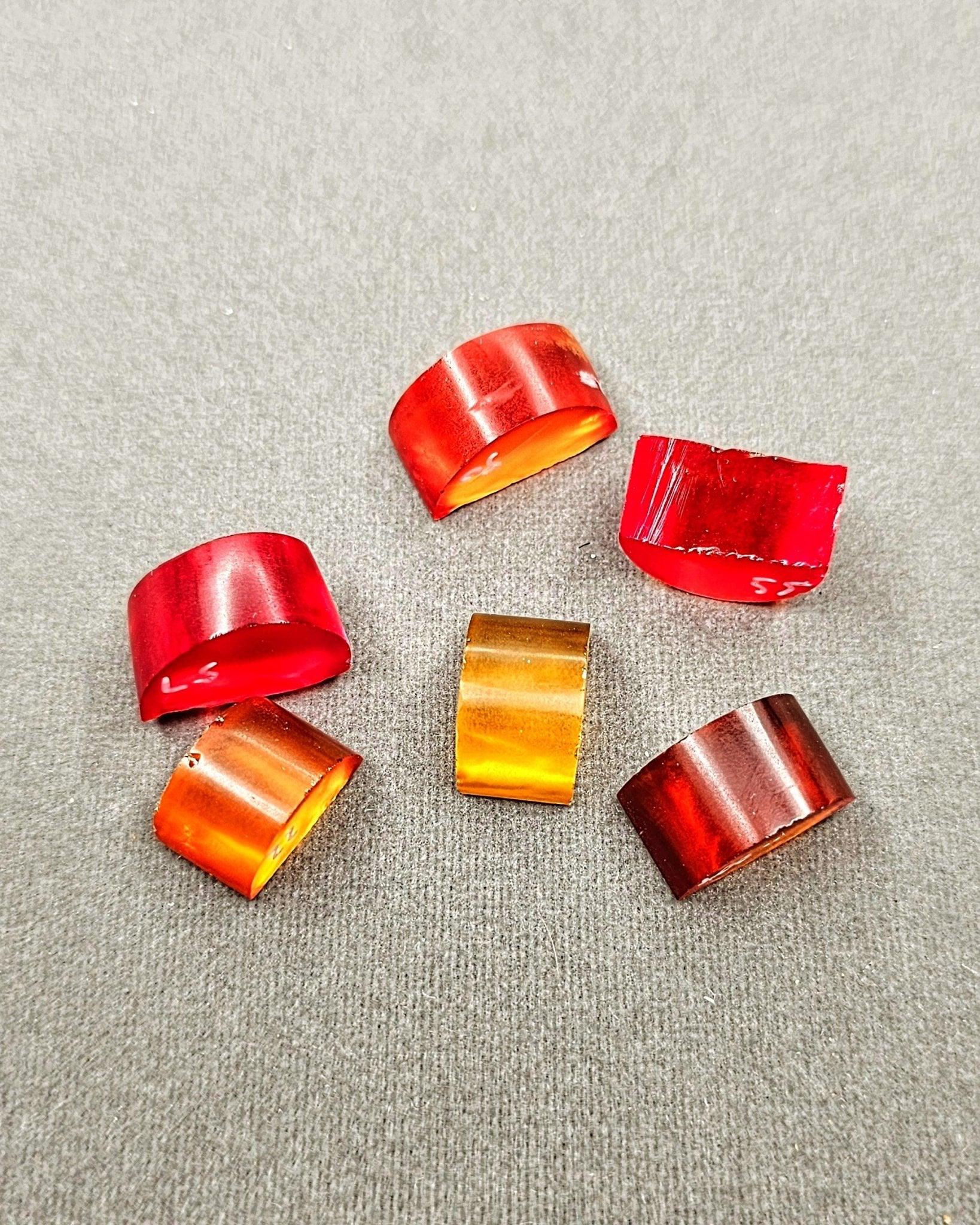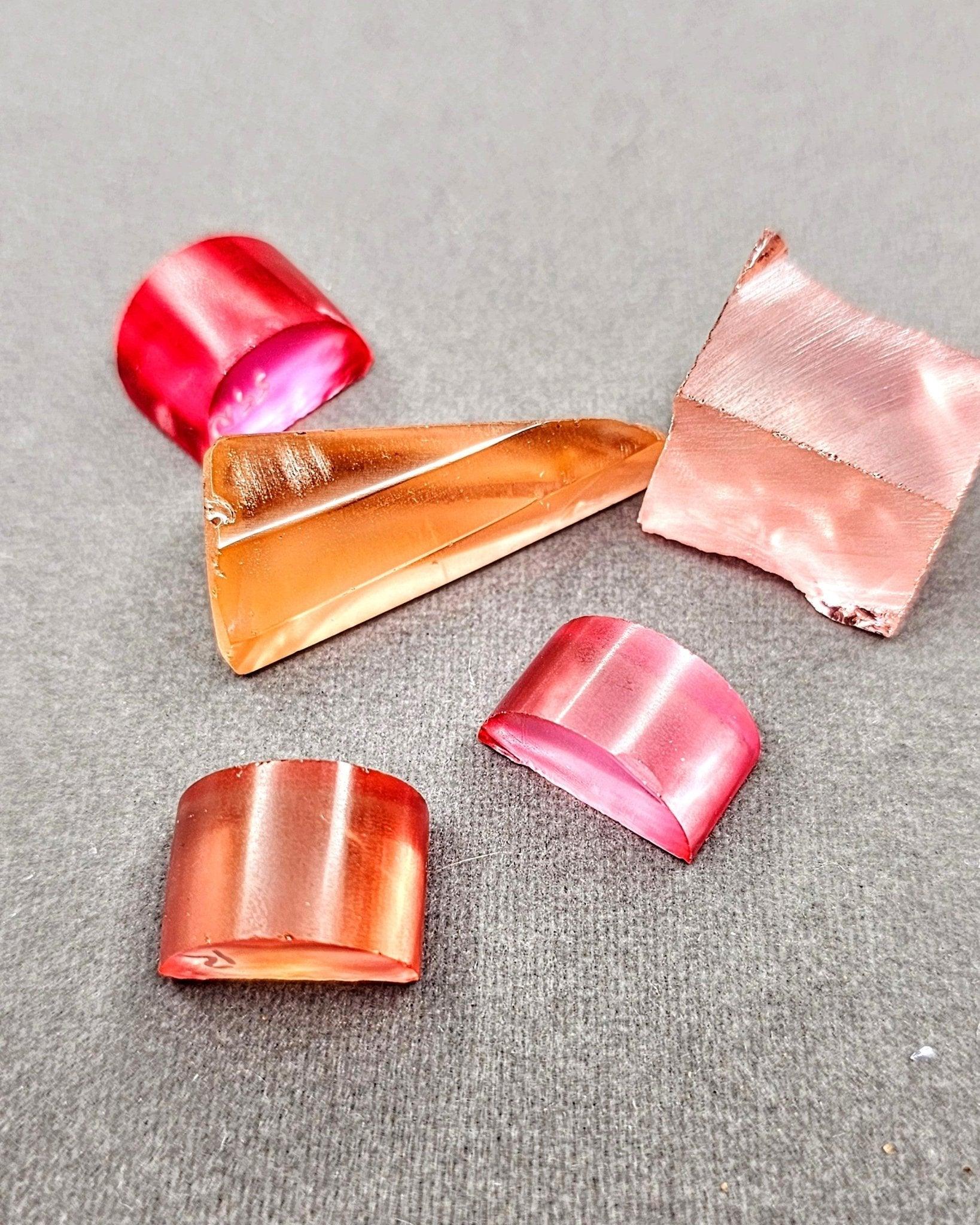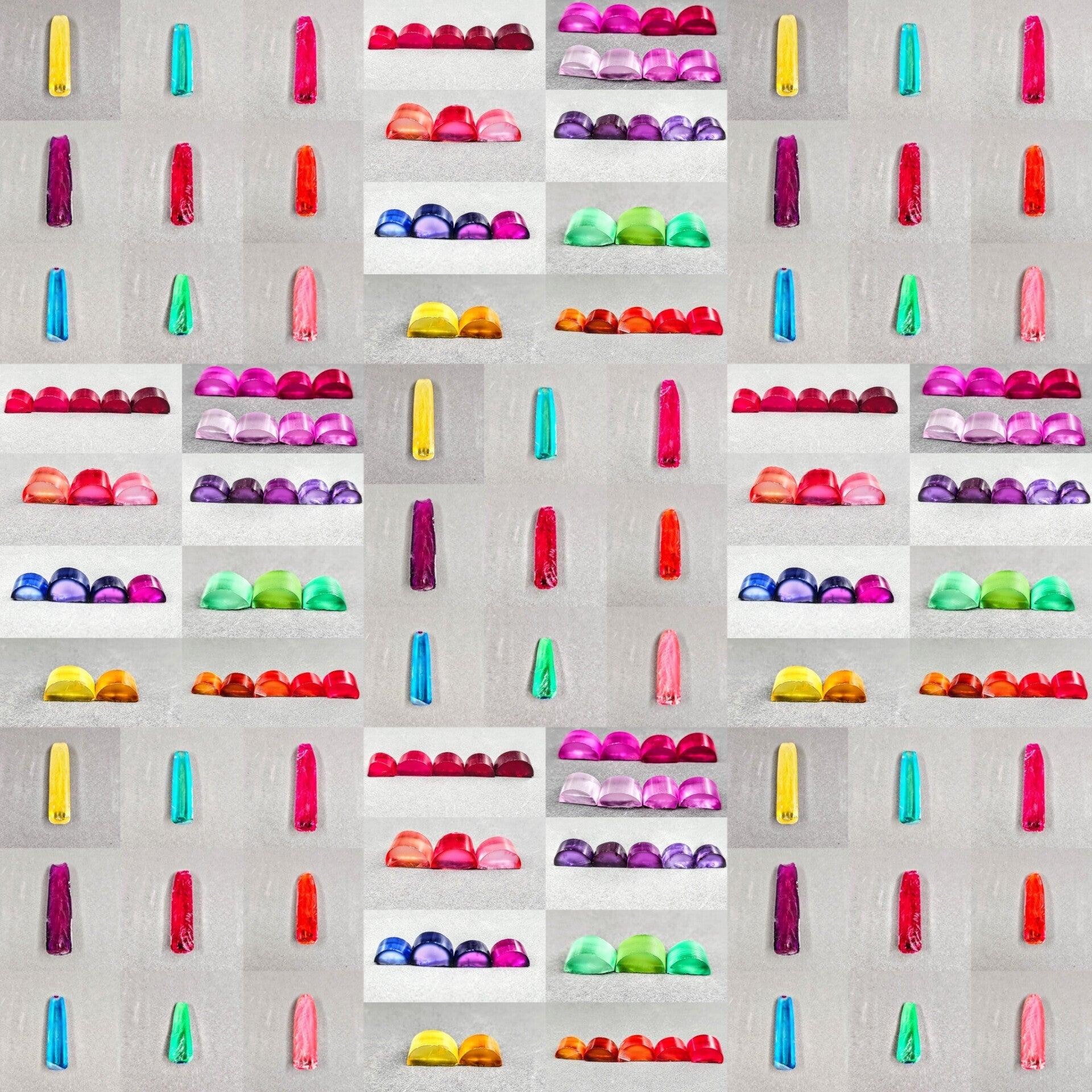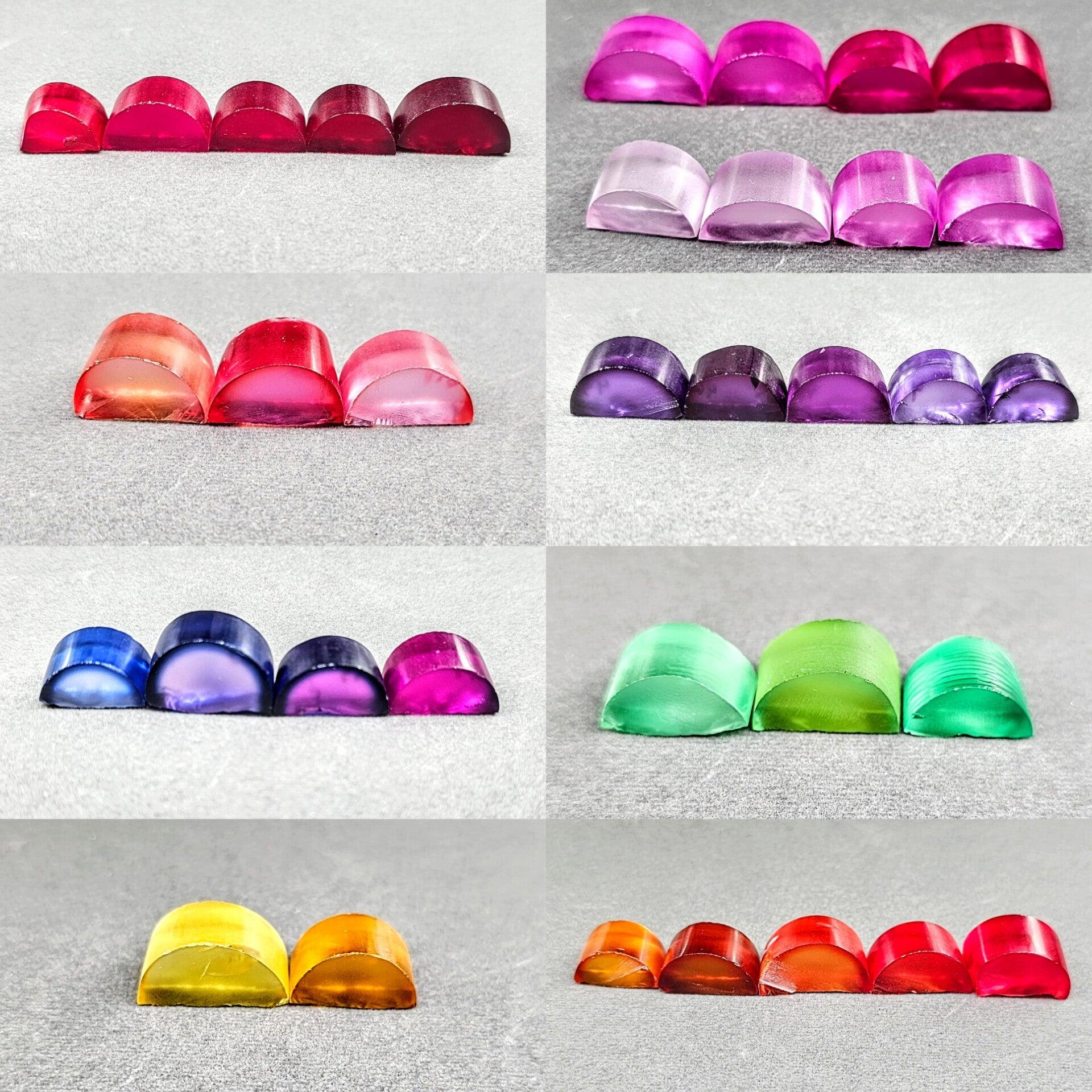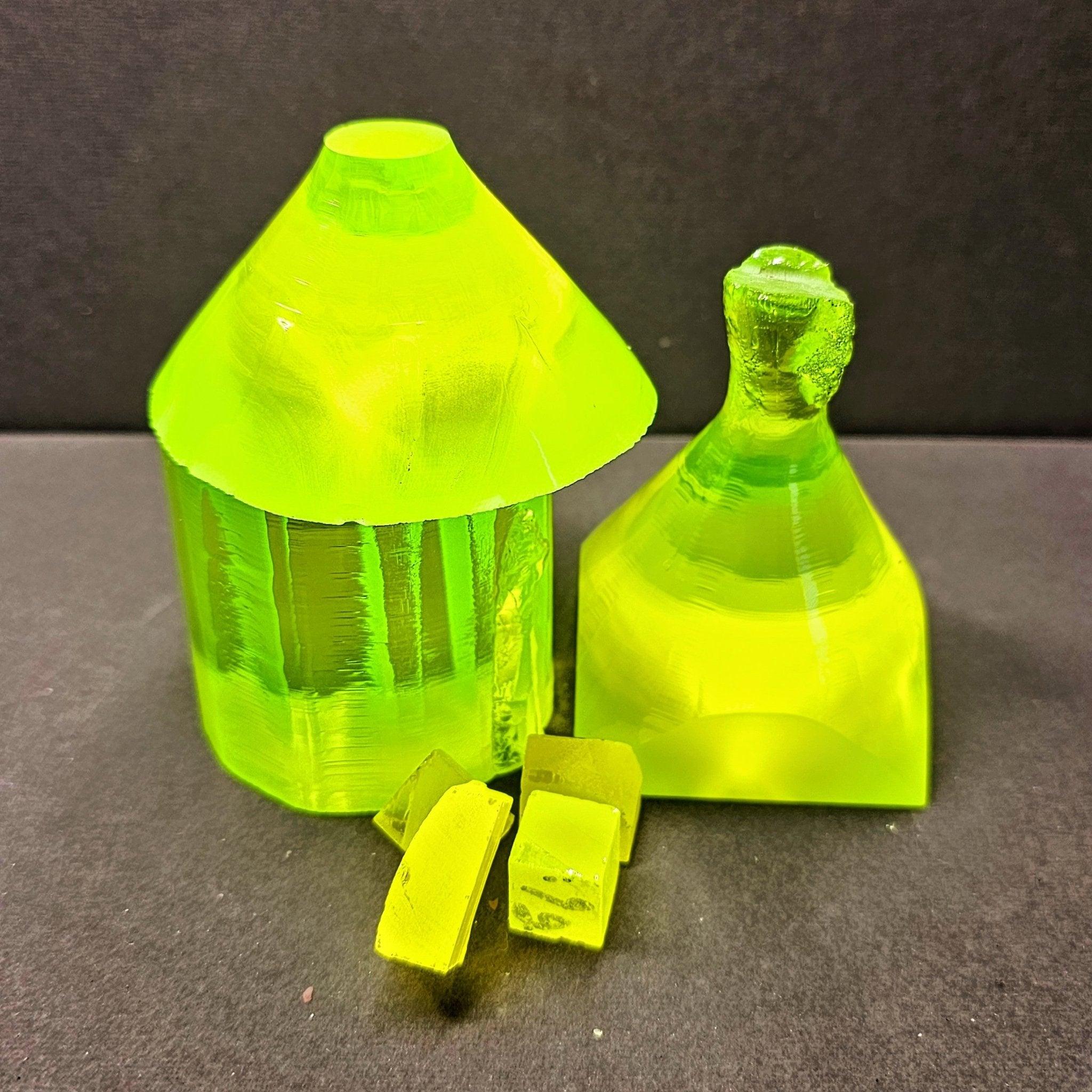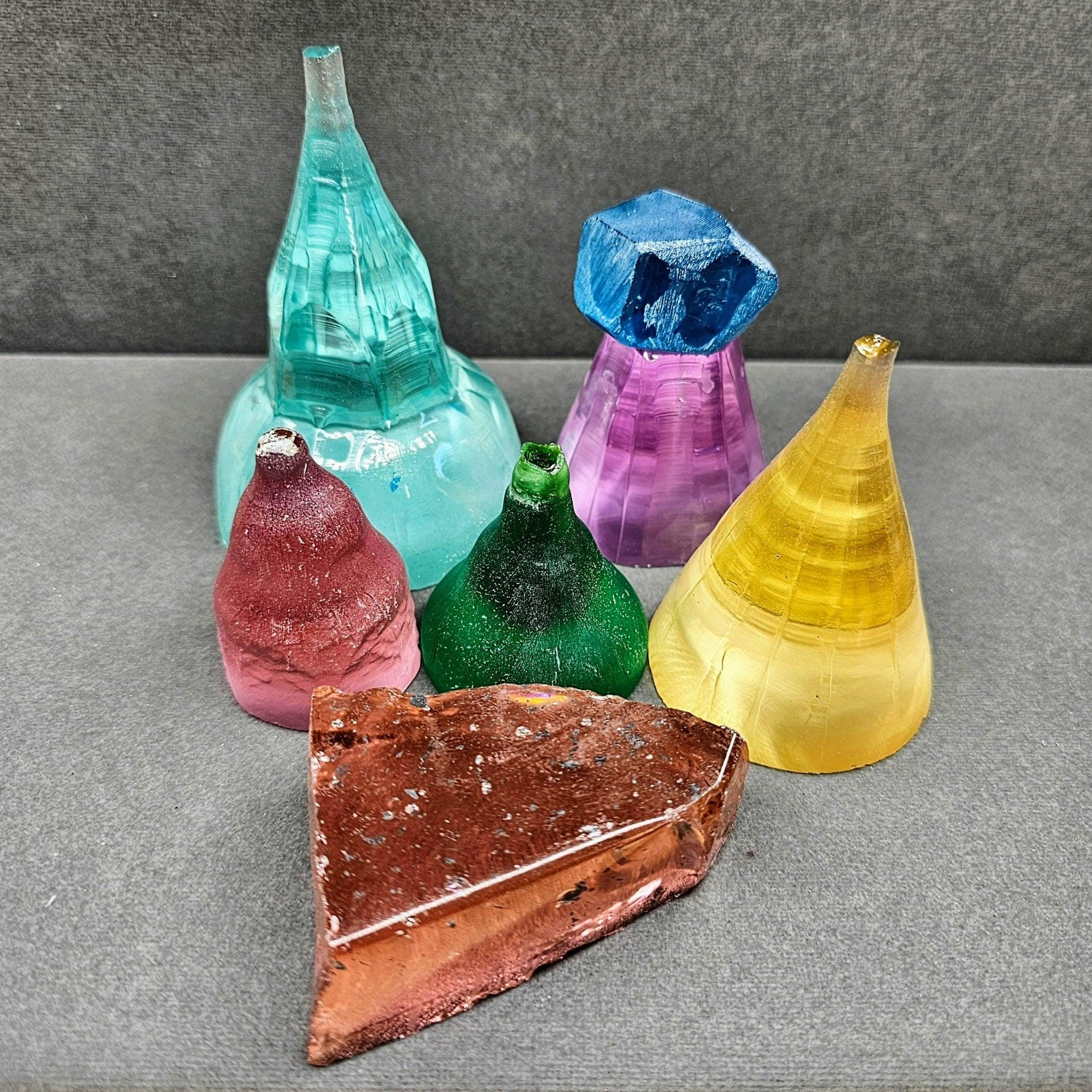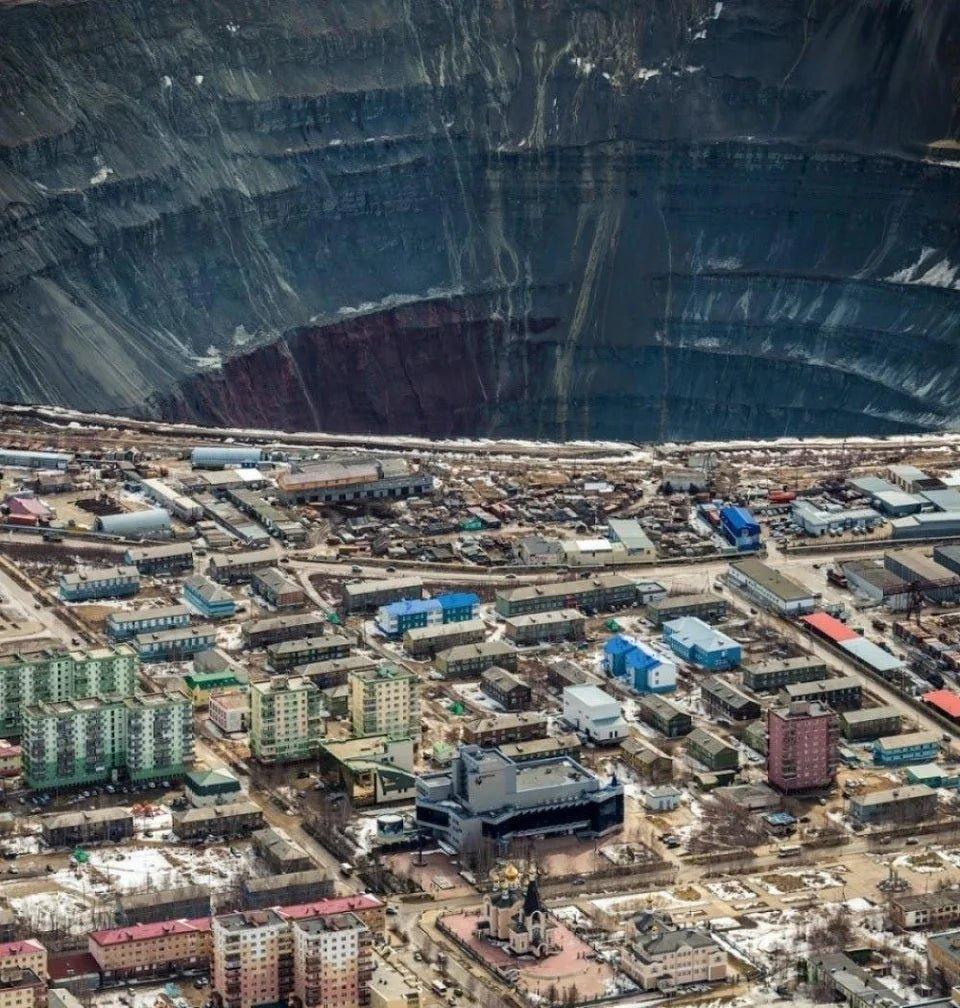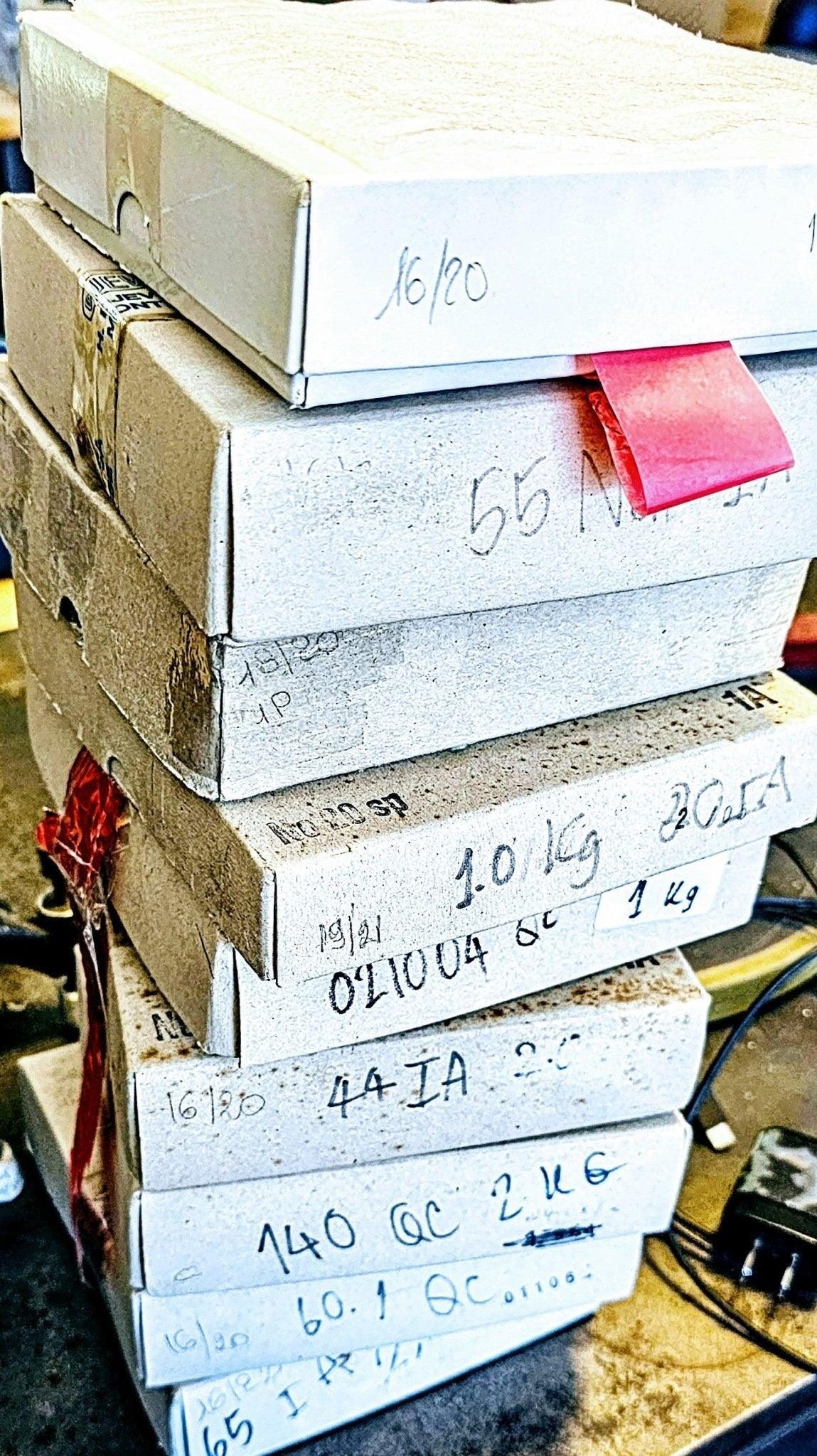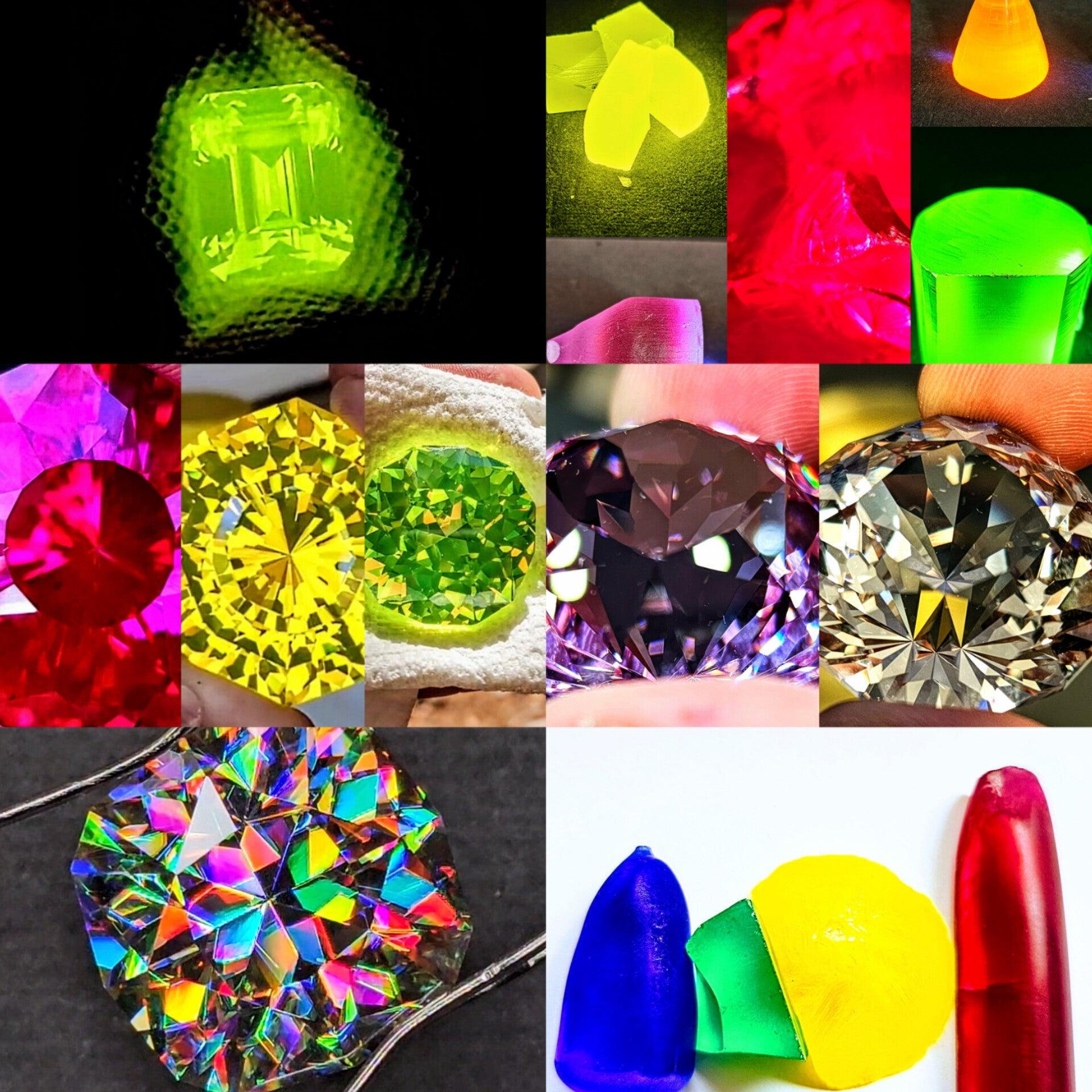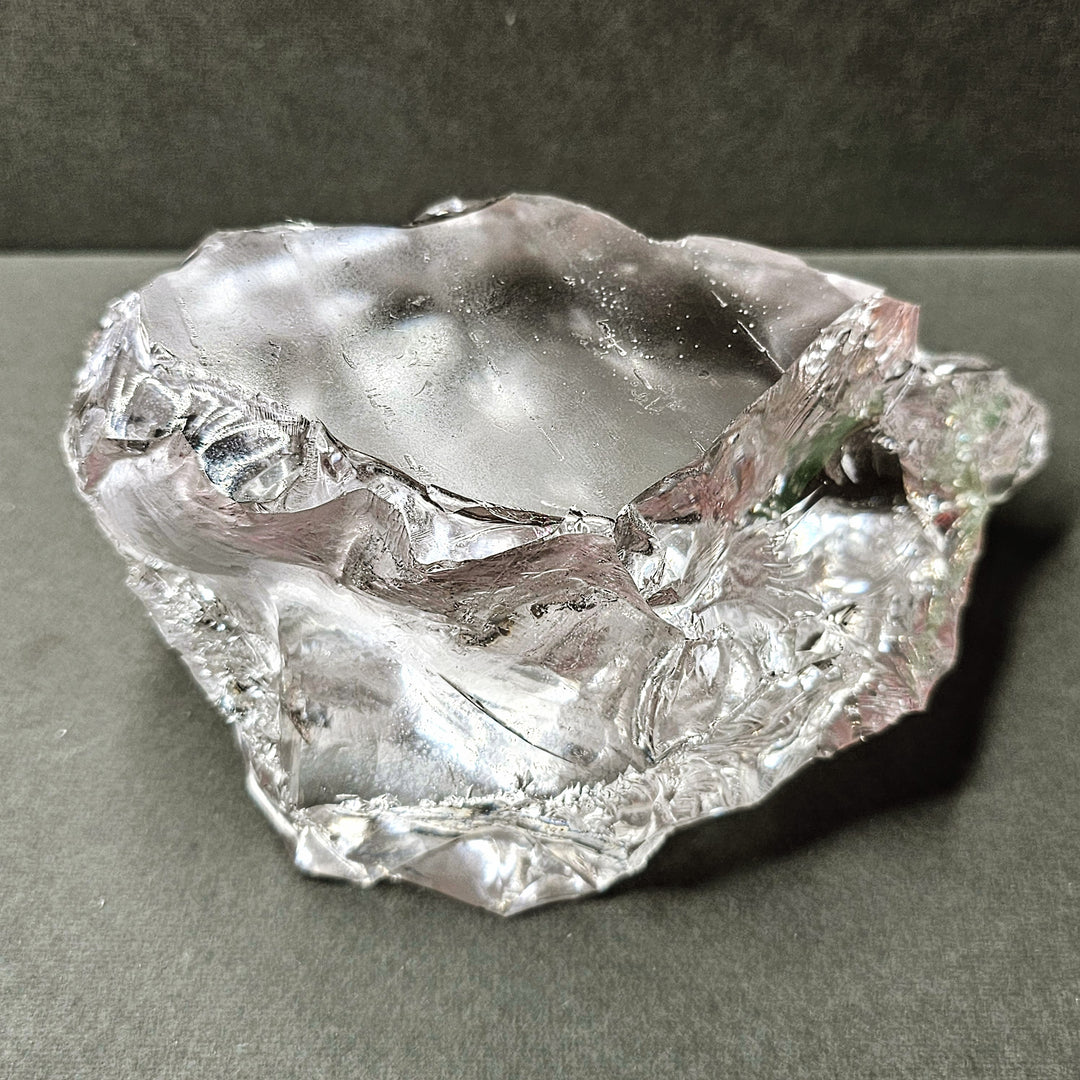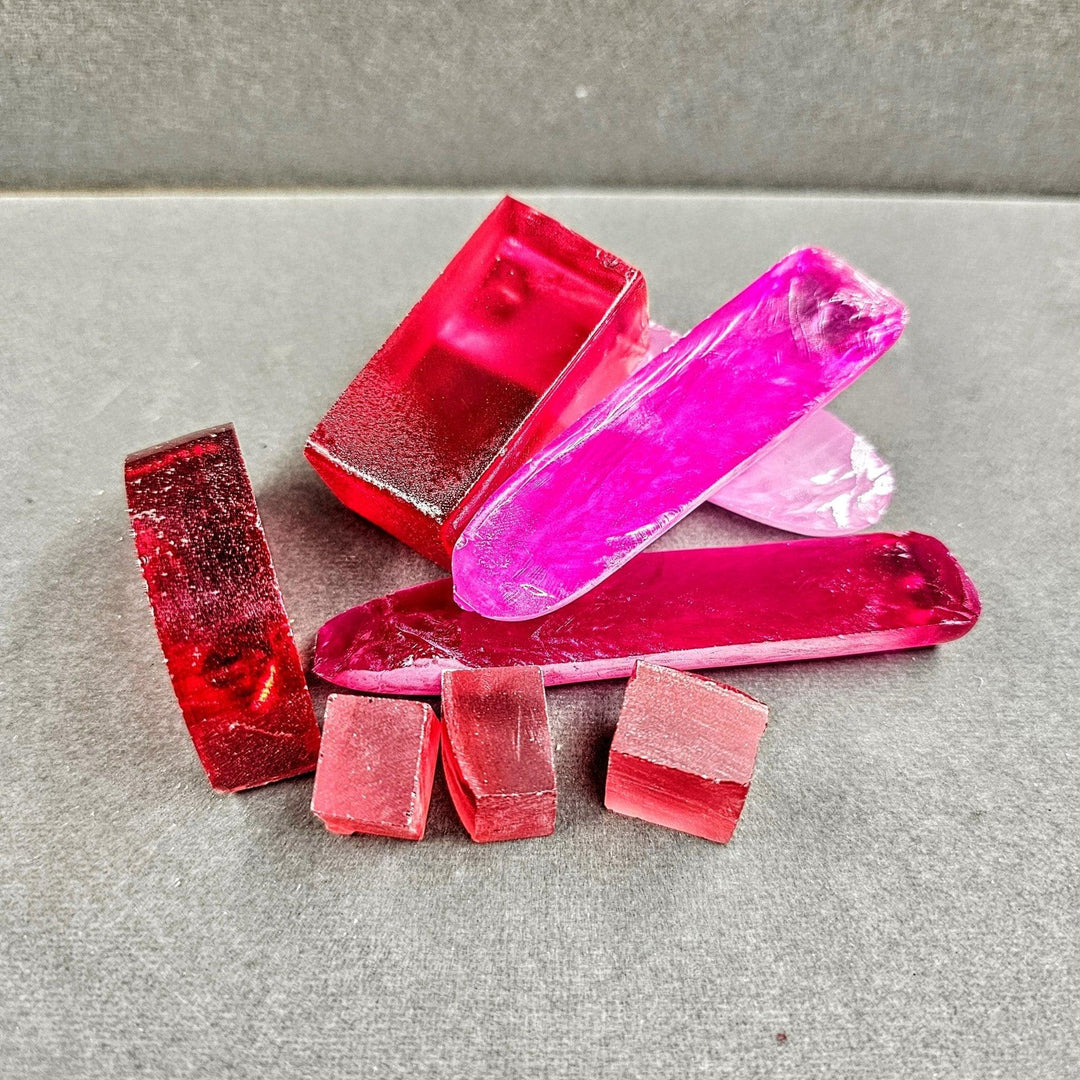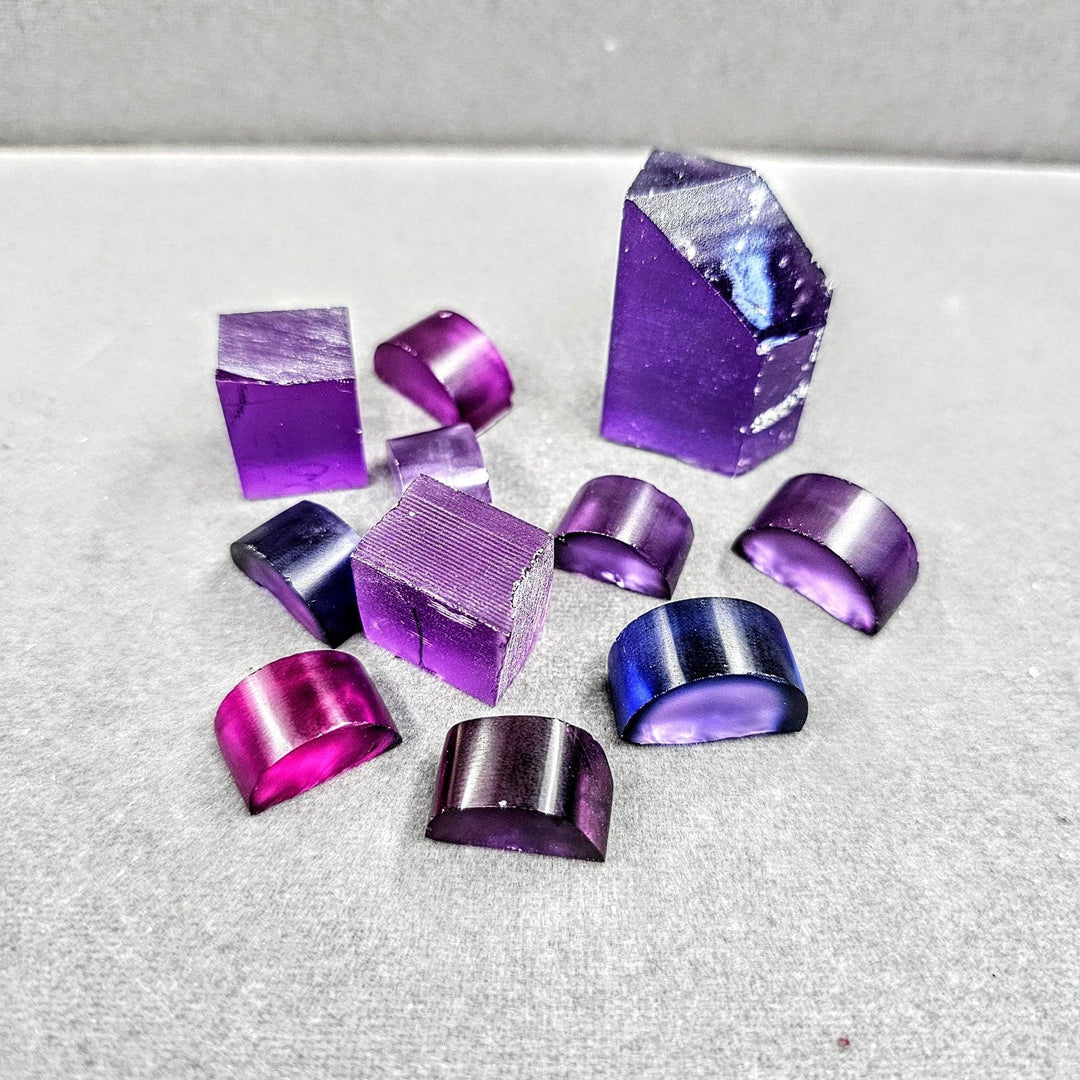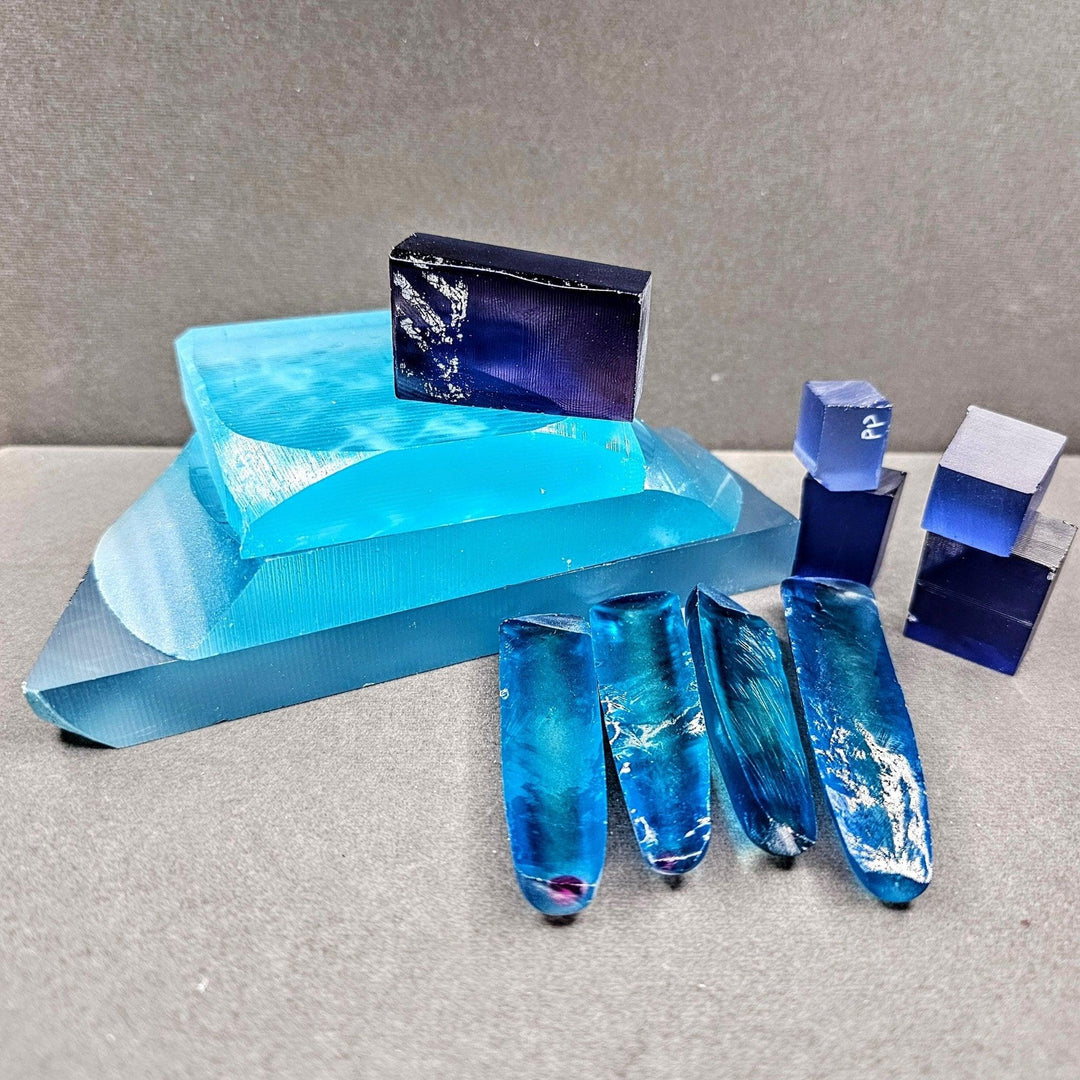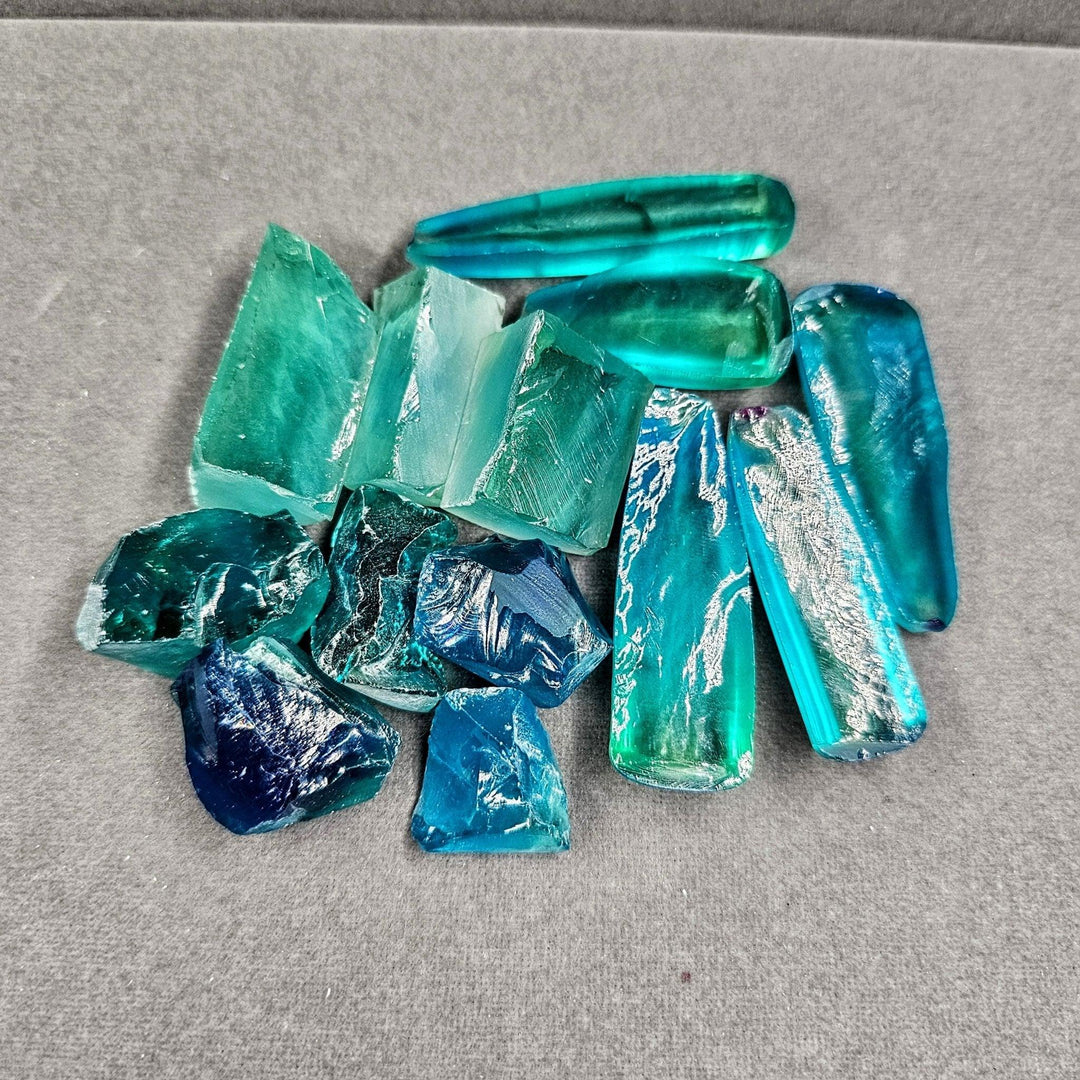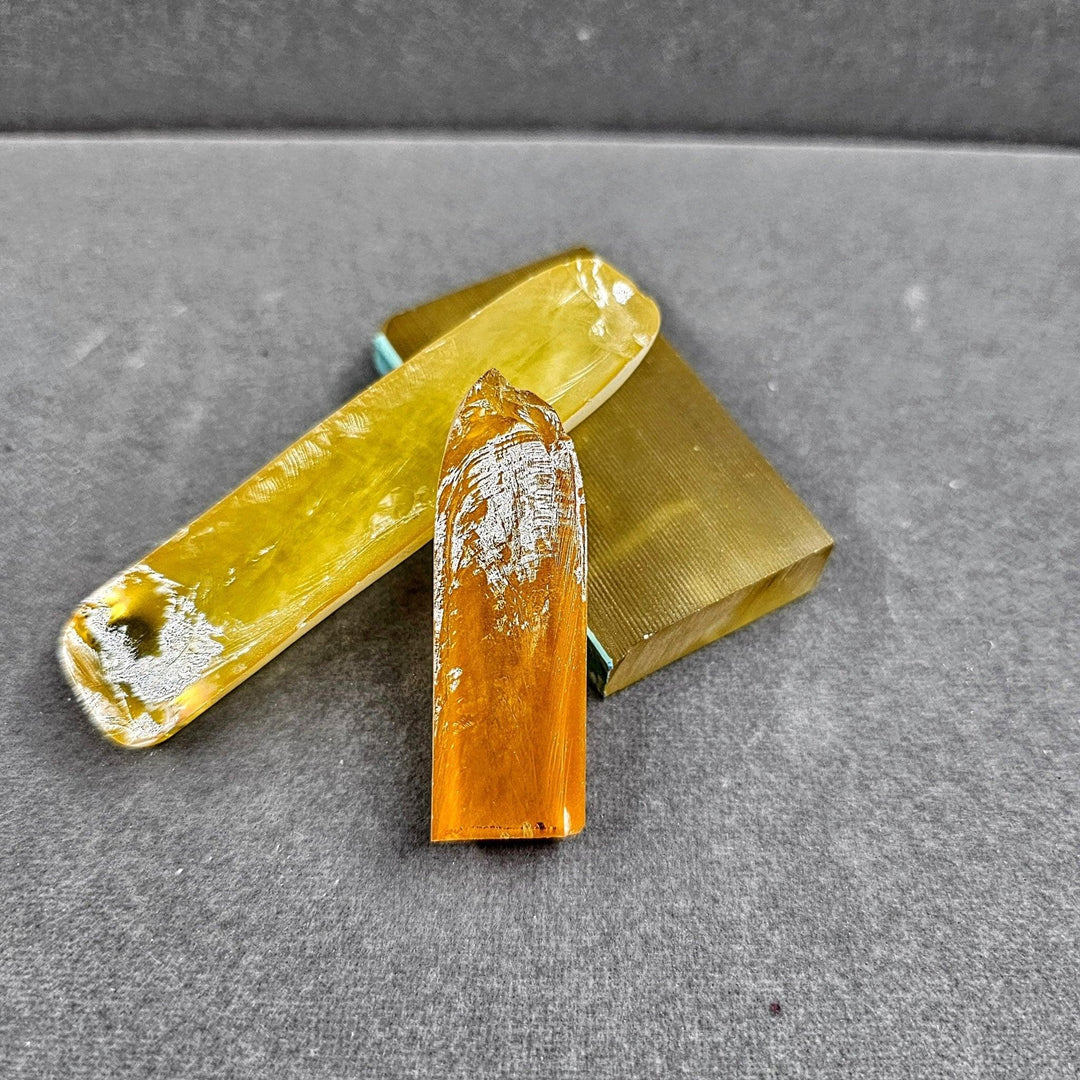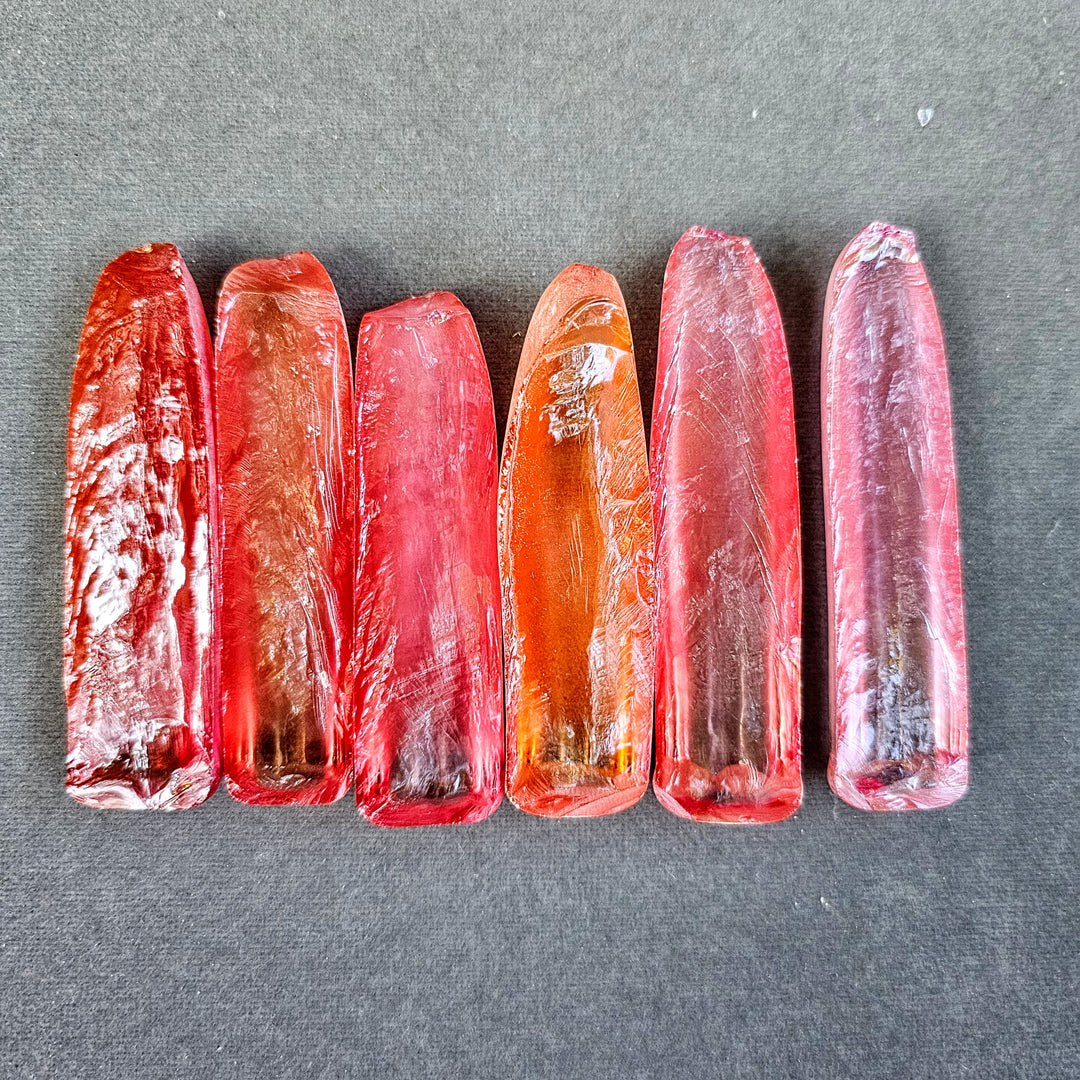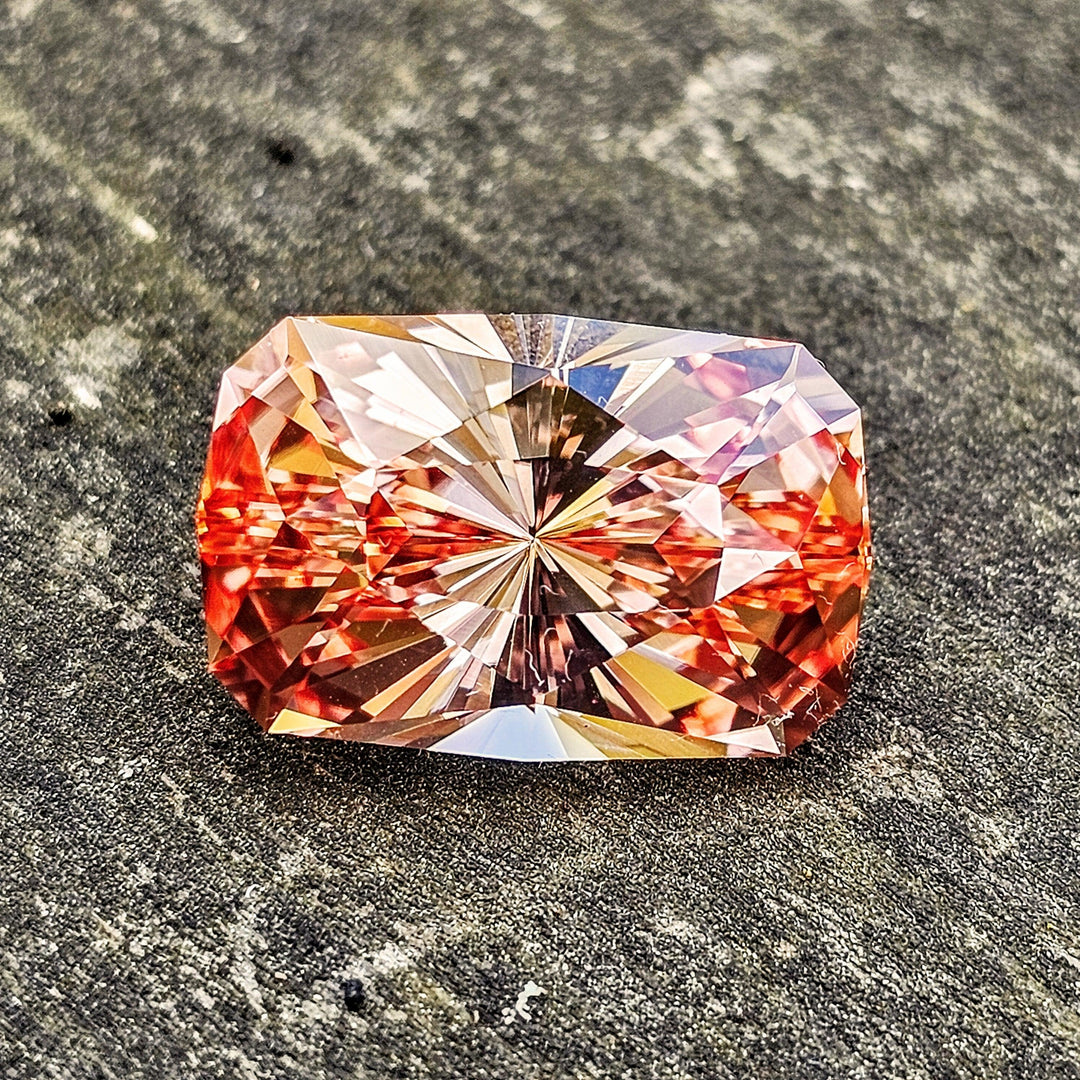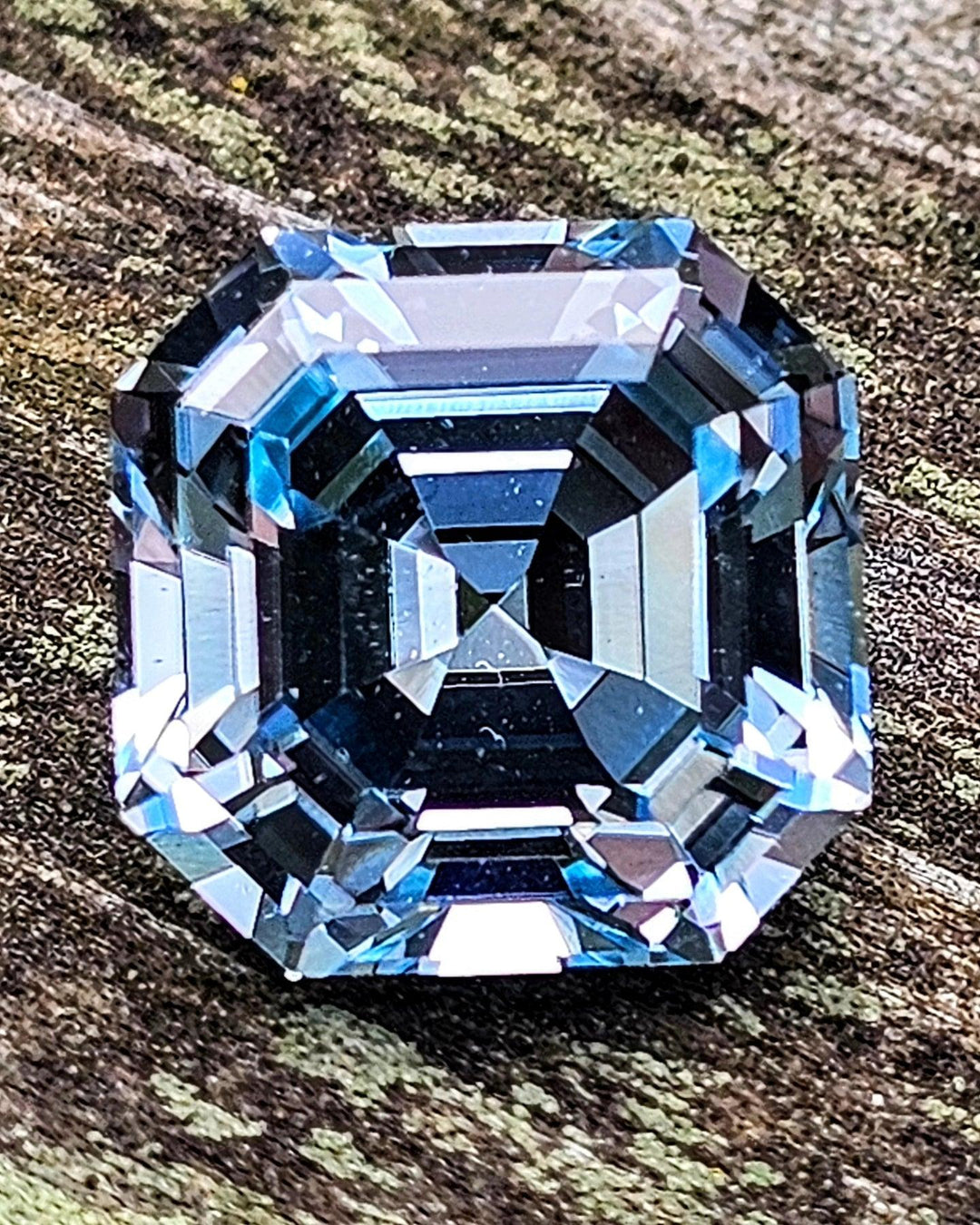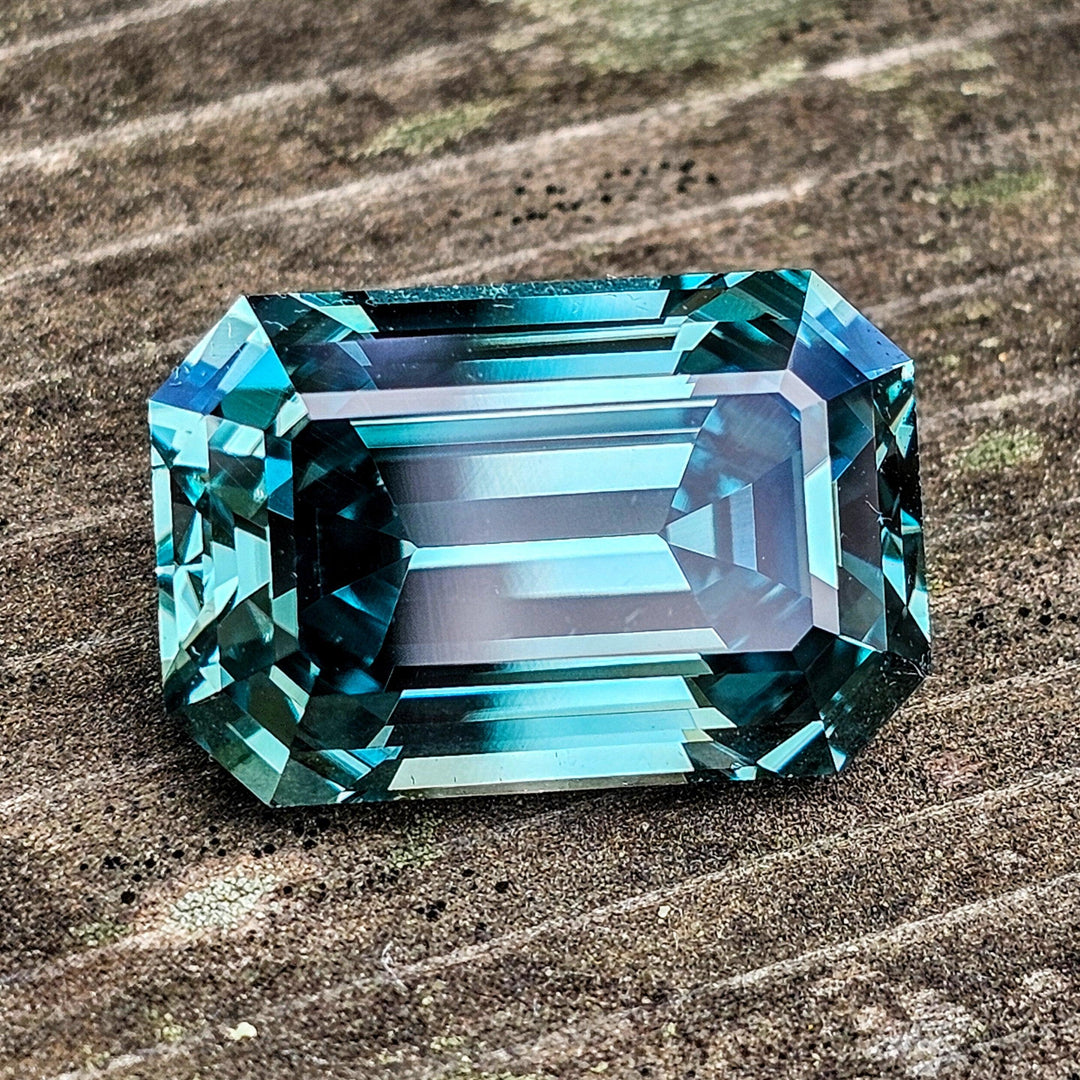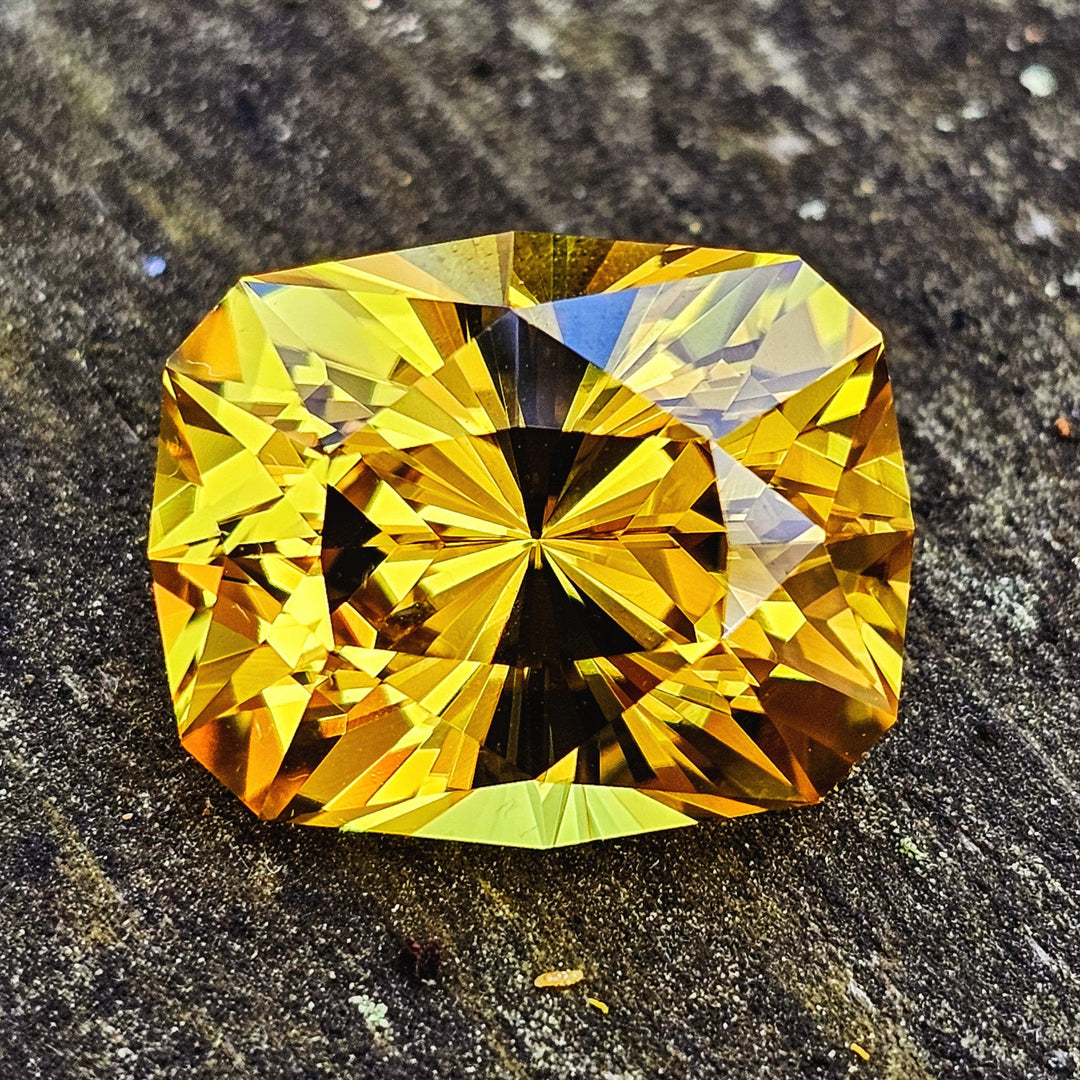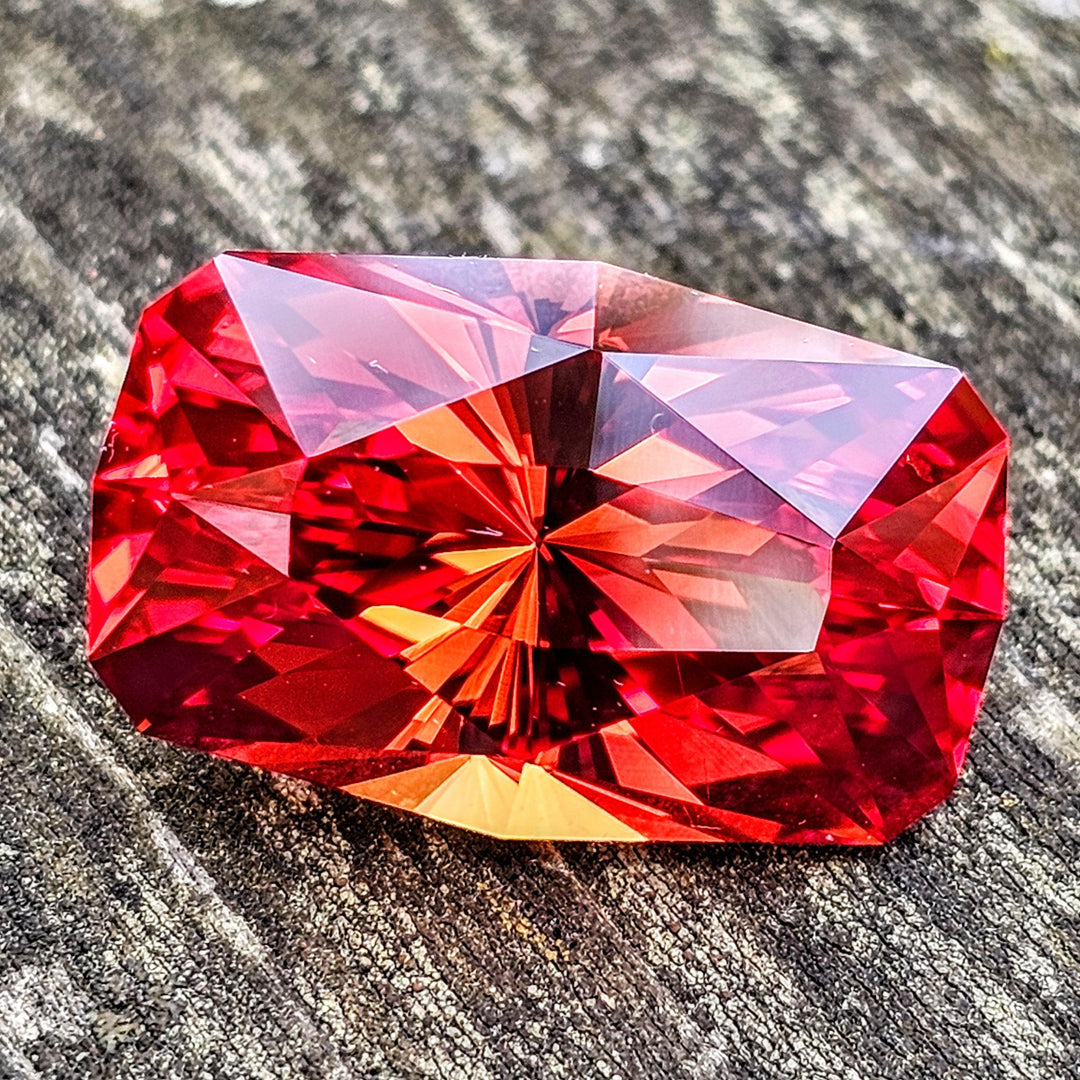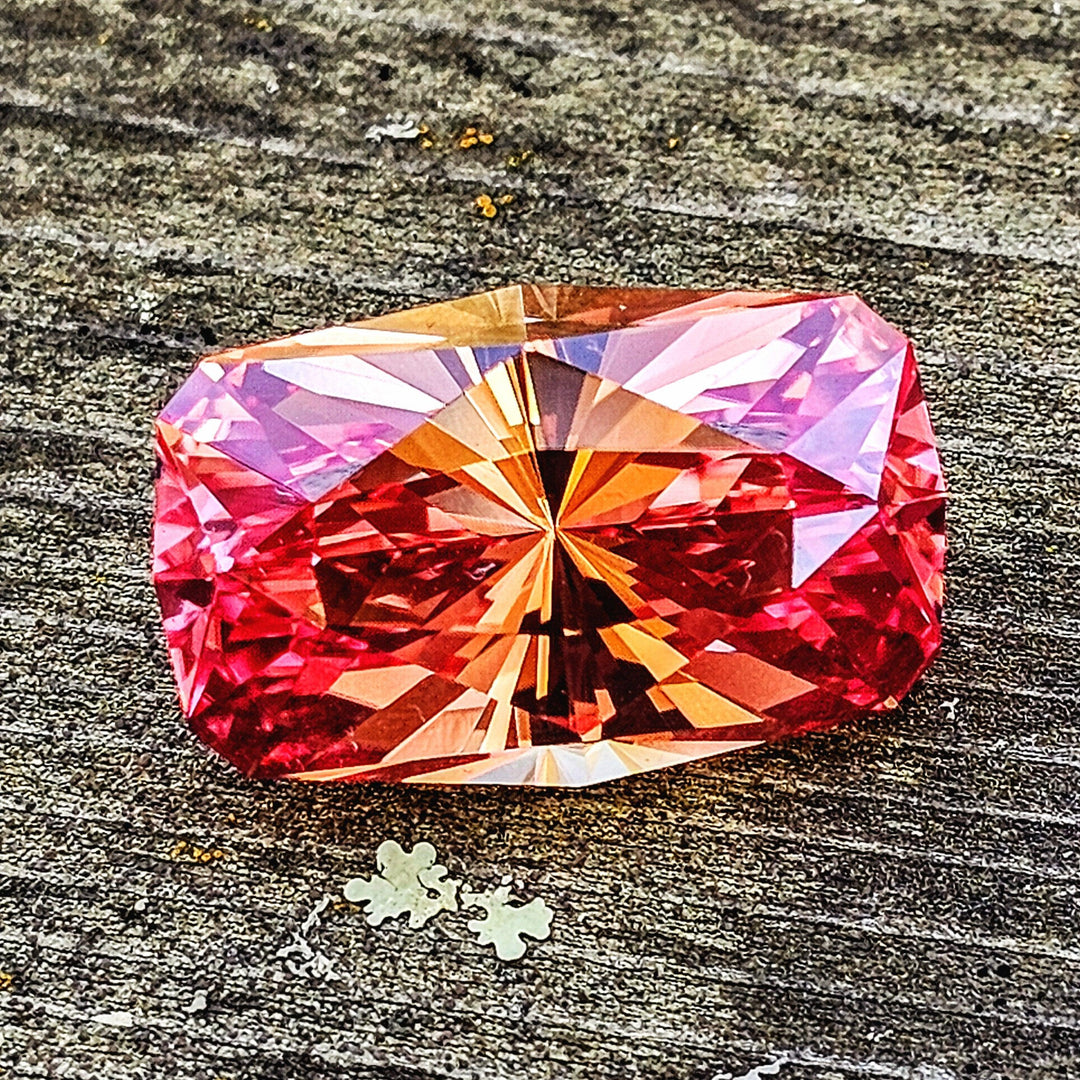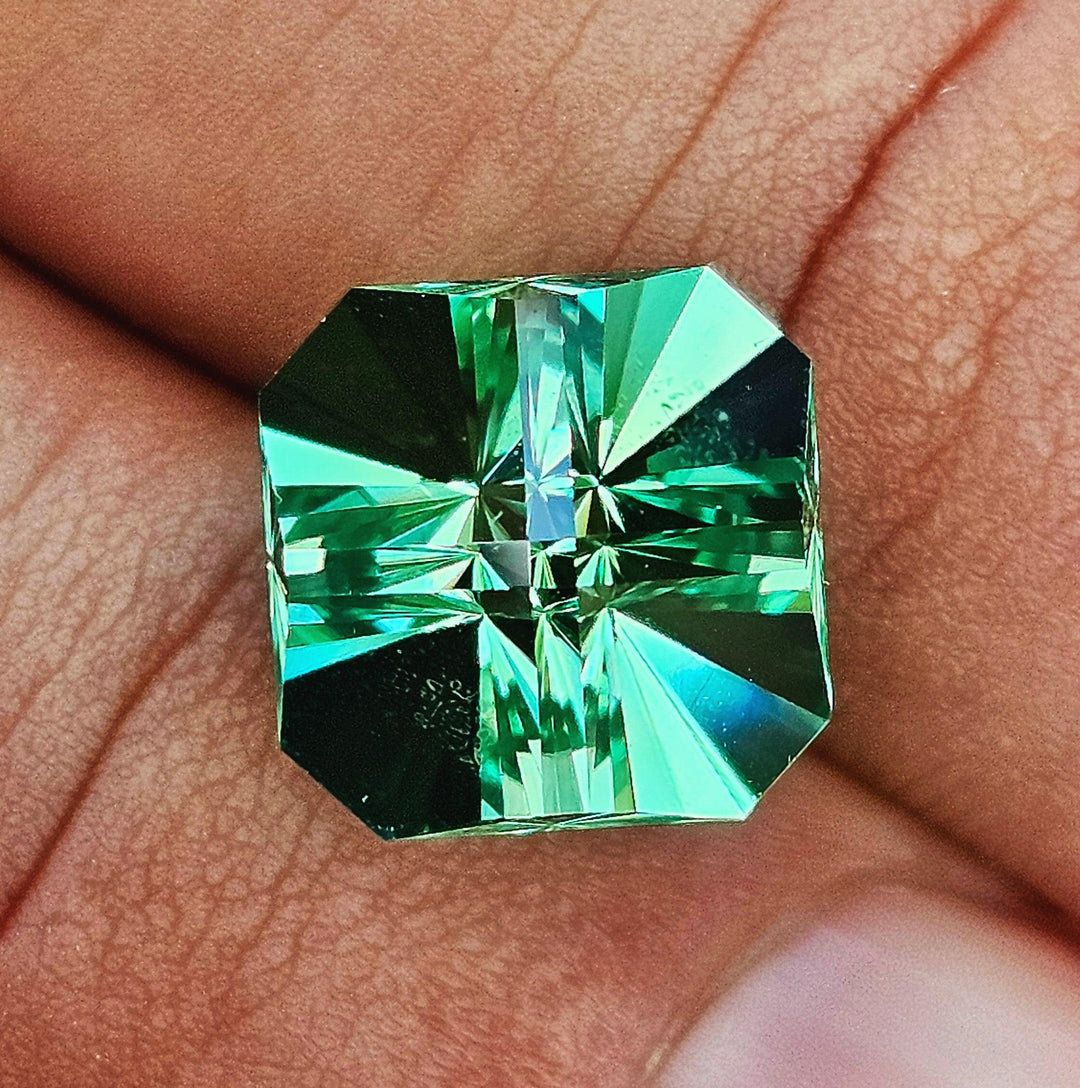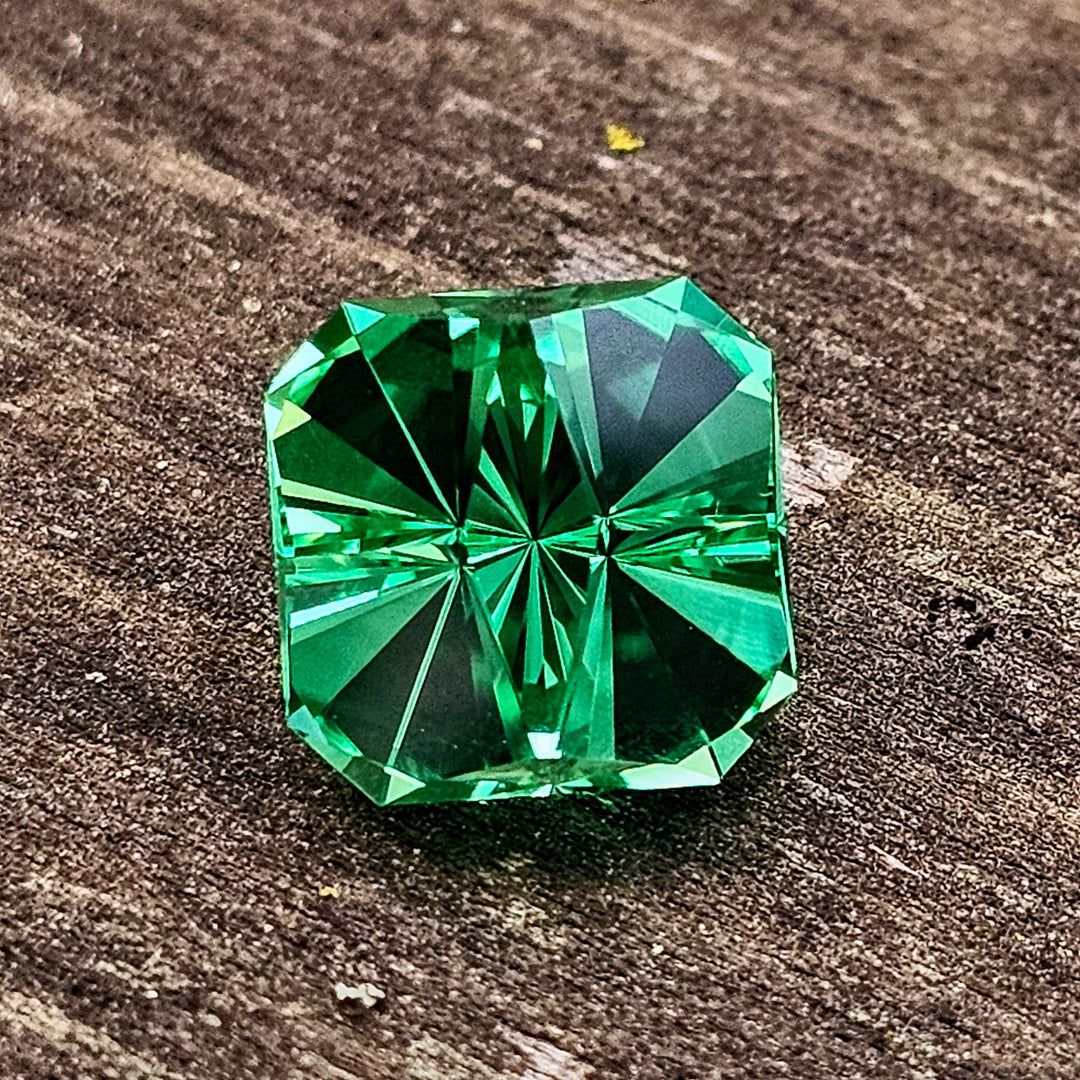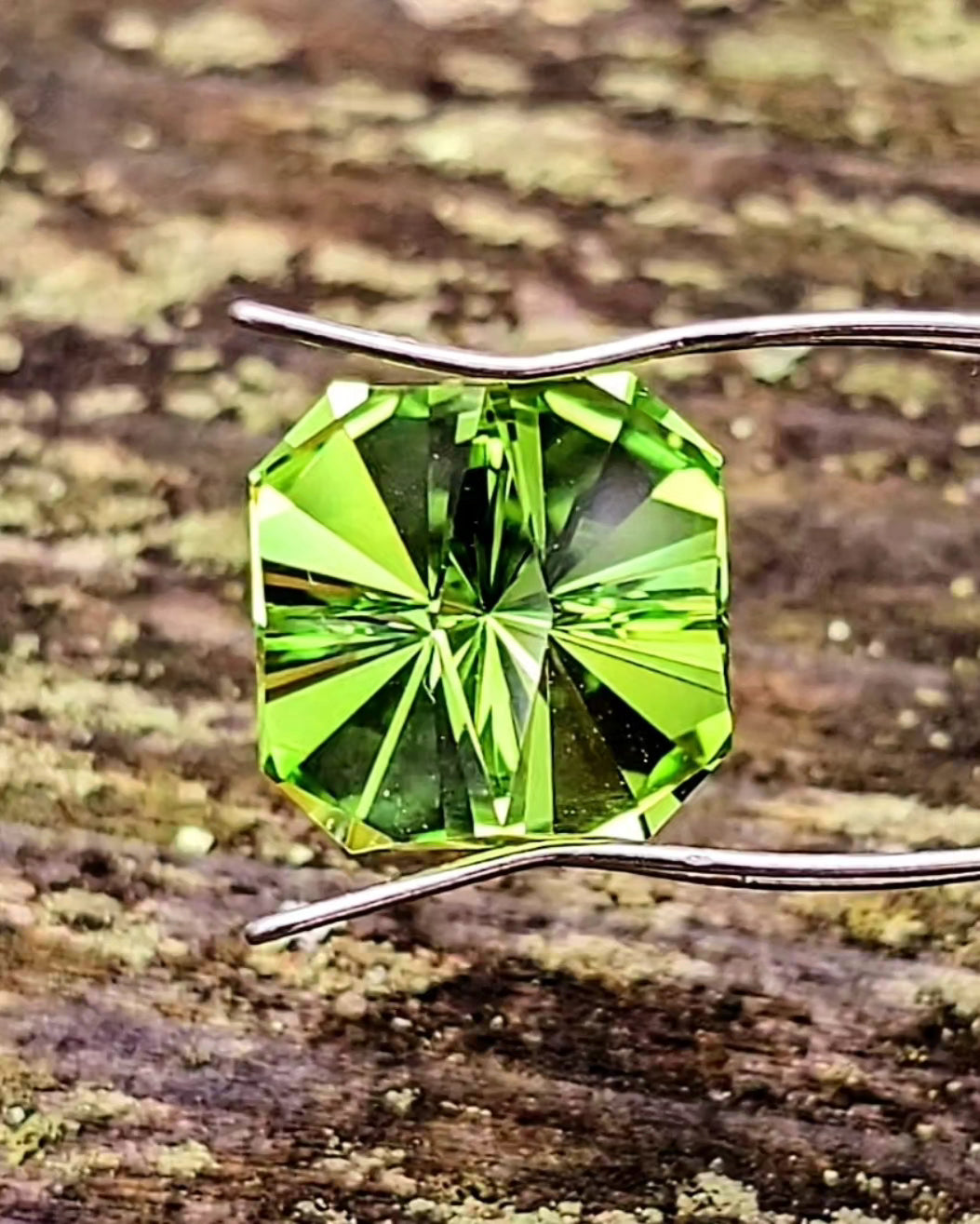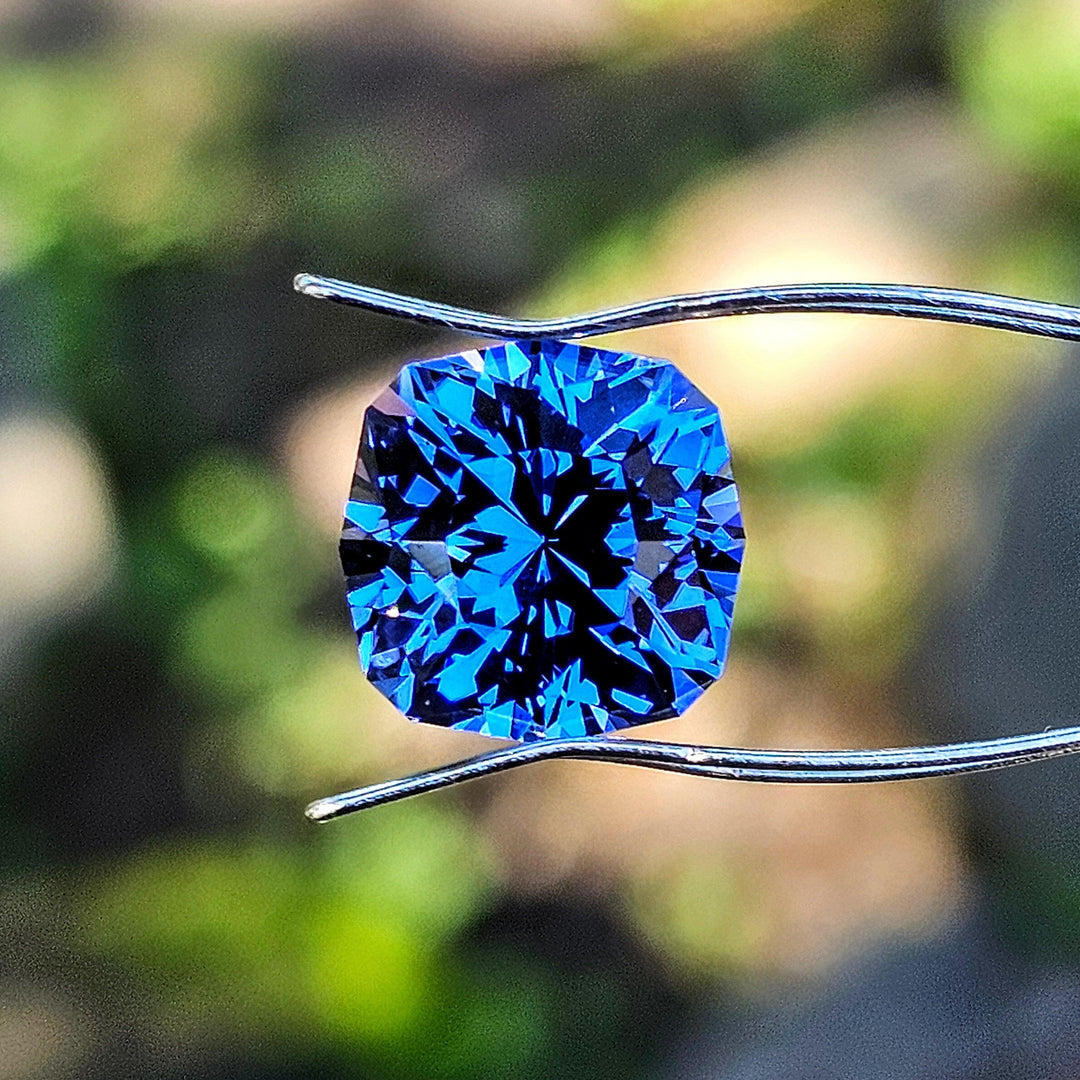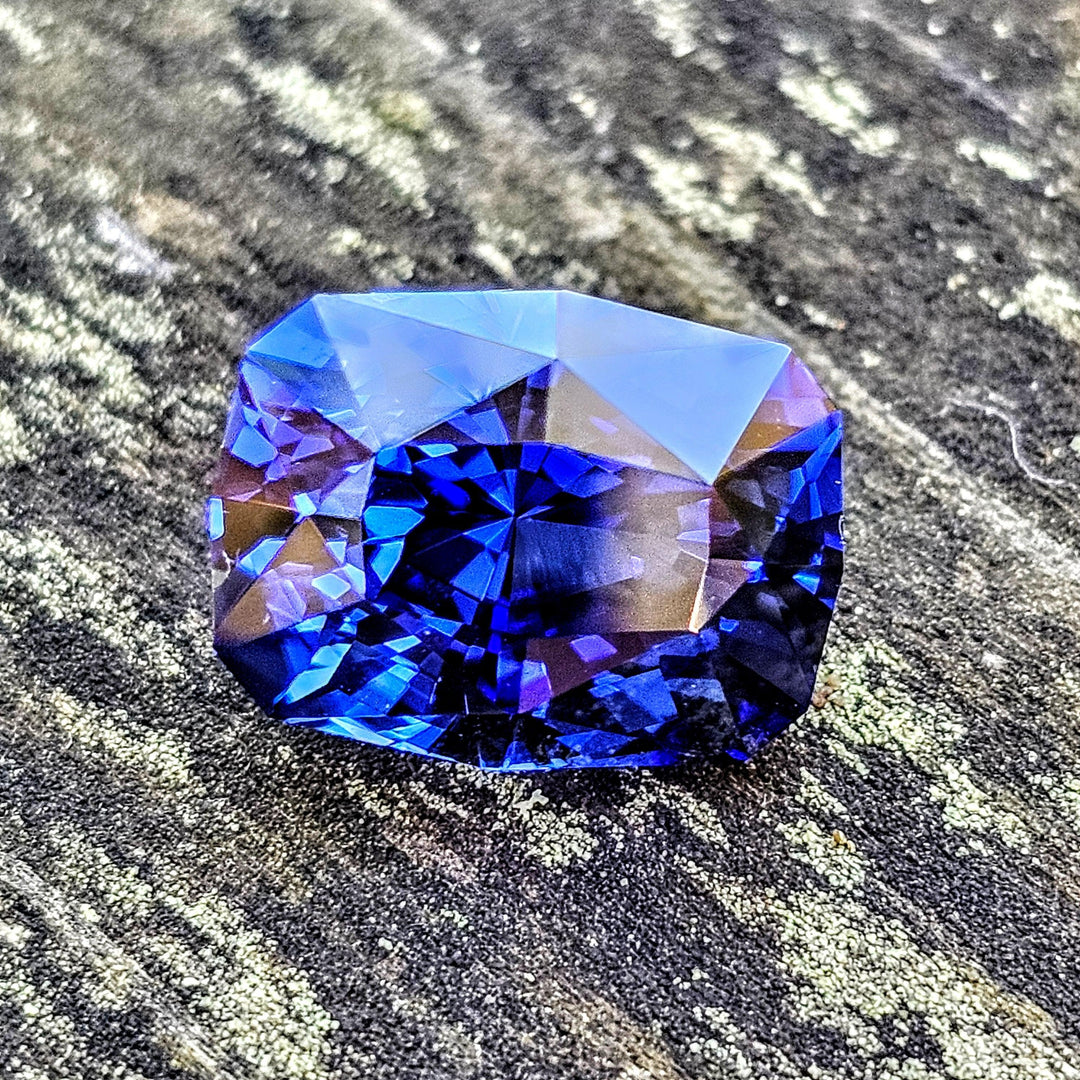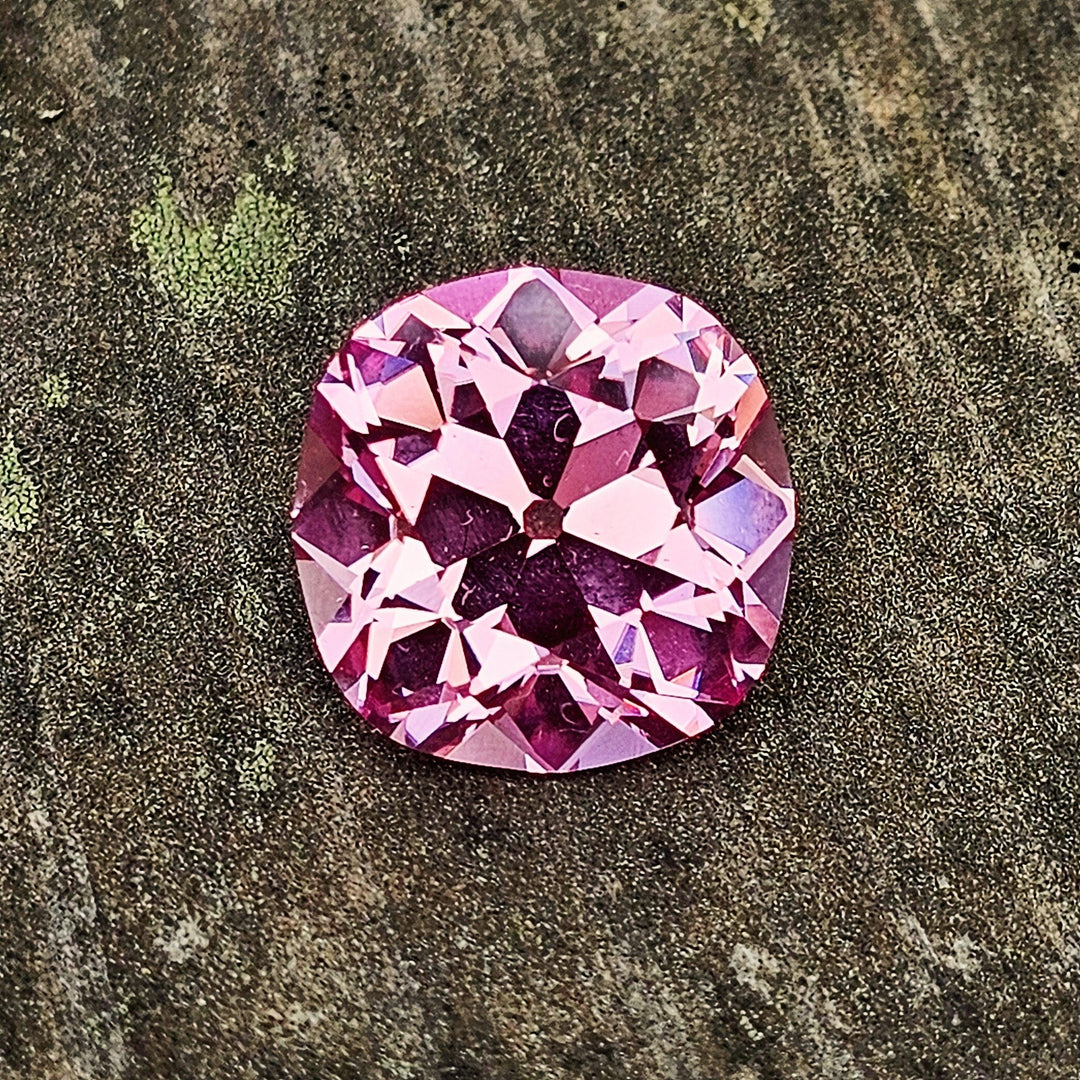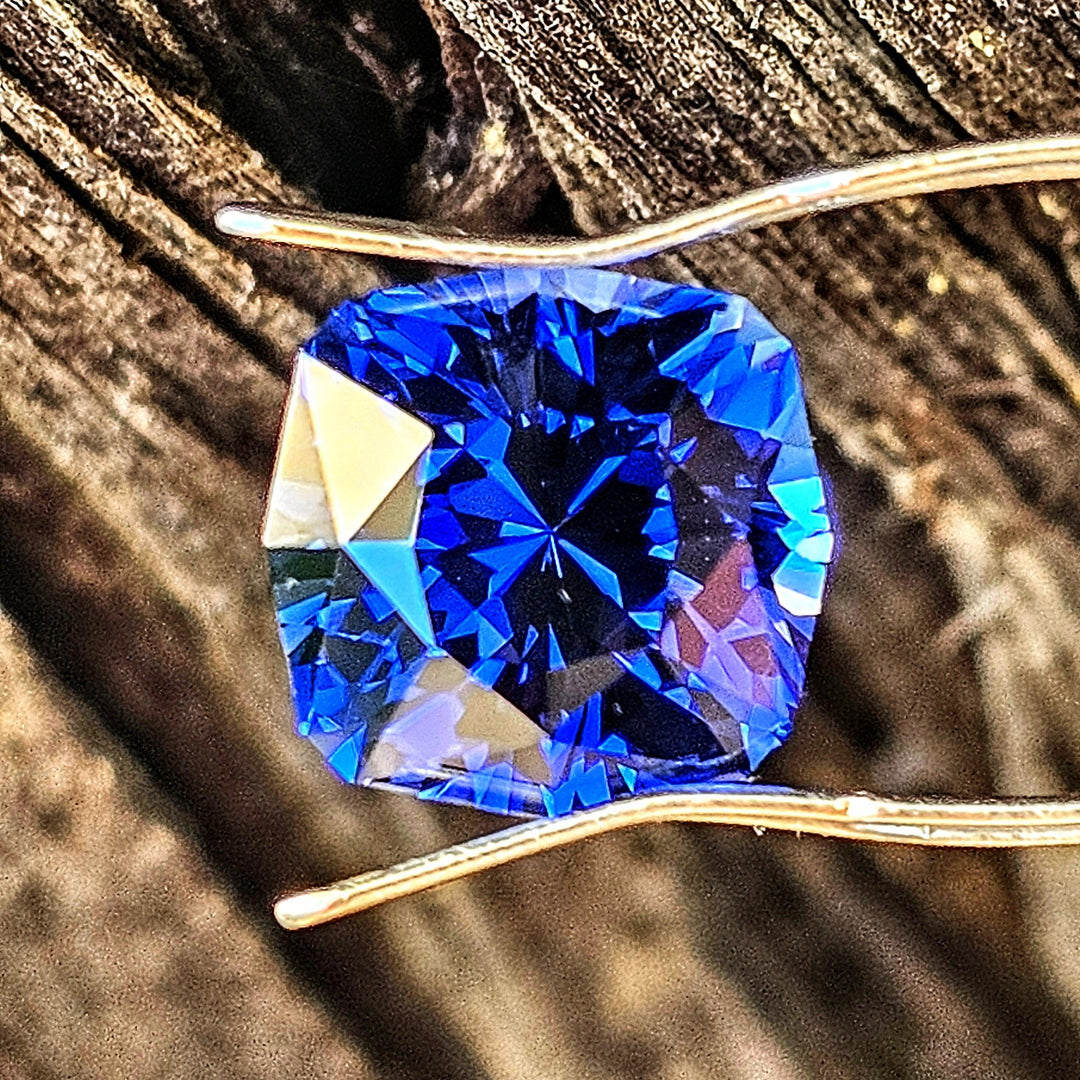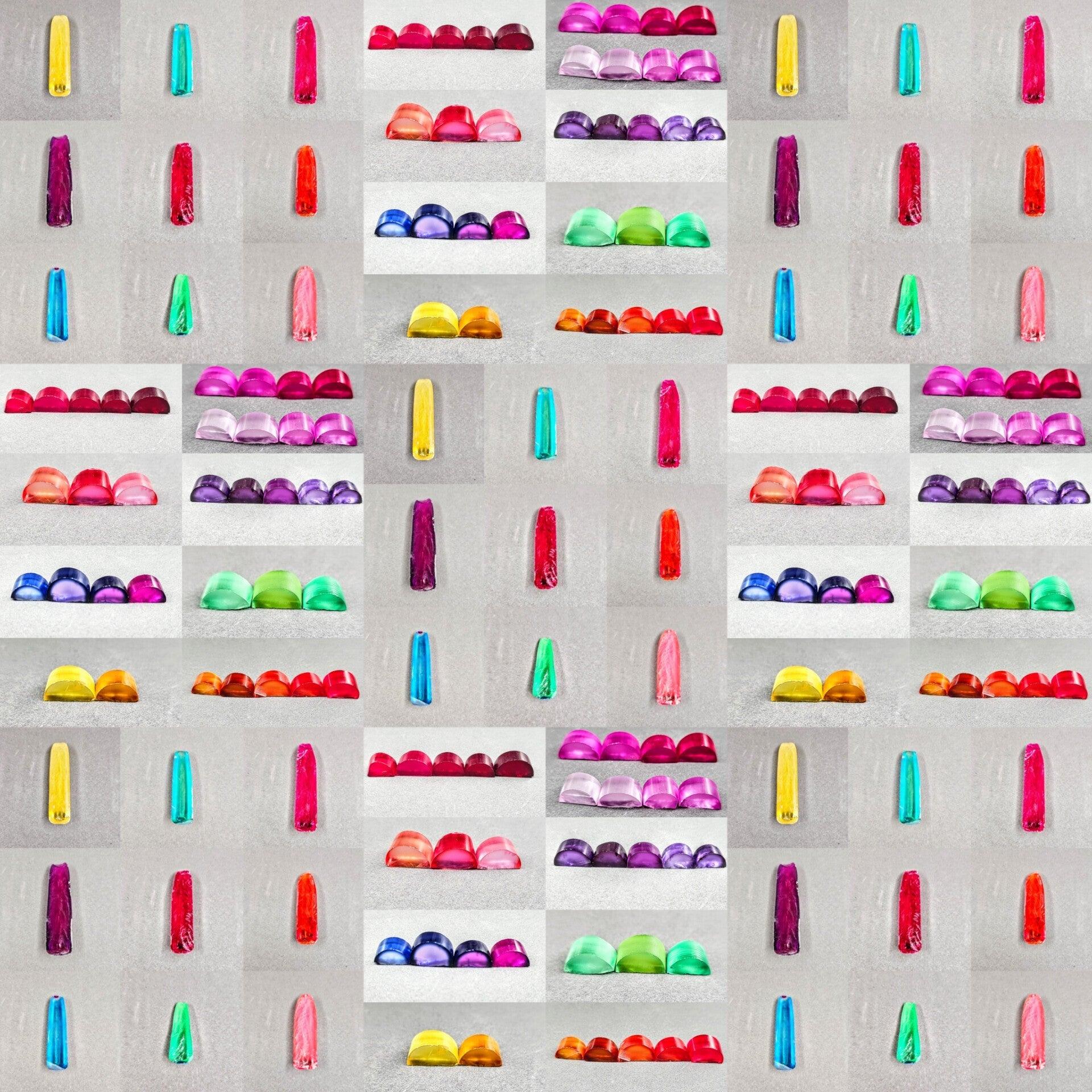
Lab Sapphire Colors
Sapphire, a gemstone variety of the mineral corundum, is renowned not only for its iconic blue hues but also for a rainbow of other colors. This diversity in color is primarily due to the presence of trace elements like iron, titanium, chromium, copper, and magnesium in its crystal structure. Each element imparts a different color to the sapphire, making it one of the most versatile gemstones in terms of color variation. Here's a breakdown of the different colors sapphires can come in (there obvious exceptions, but this is a general overview):
-
Blue Sapphire: The most famous and sought-after color, ranging from light pastel to deep, intense royal blue. Iron and titanium are the trace elements responsible for the blue coloration.
-
Pink Sapphire: These range from soft pastel to vivid magenta pink. The presence of chromium contributes to the pink color, with the intensity depending on the chromium content.
-
Yellow Sapphire: Yellow sapphires can vary from pale lemon to rich golden hues, caused by the trace amounts of iron.
-
Purple Sapphire: The purple color comes from a combination of iron and chromium, and in the case of color change sapphire vanadium impurities.
-
Green Sapphire: Lab grown green sapphires display colors from light mint green to a vivid green, resulting from cobalt and possibly nickel.
-
Orange Sapphire: The vibrant orange color is typically due to the presence of both iron and chromium. Padparadscha sapphire, with its unique pink-orange color, is a rare and highly prized variety within this category.
-
White Sapphire: Essentially colorless, white sapphires are pure corundum without significant trace element impurities that would impart color.
-
Teal Sapphire: Lab grown teal sapphire gets is coloration from cobalt.

